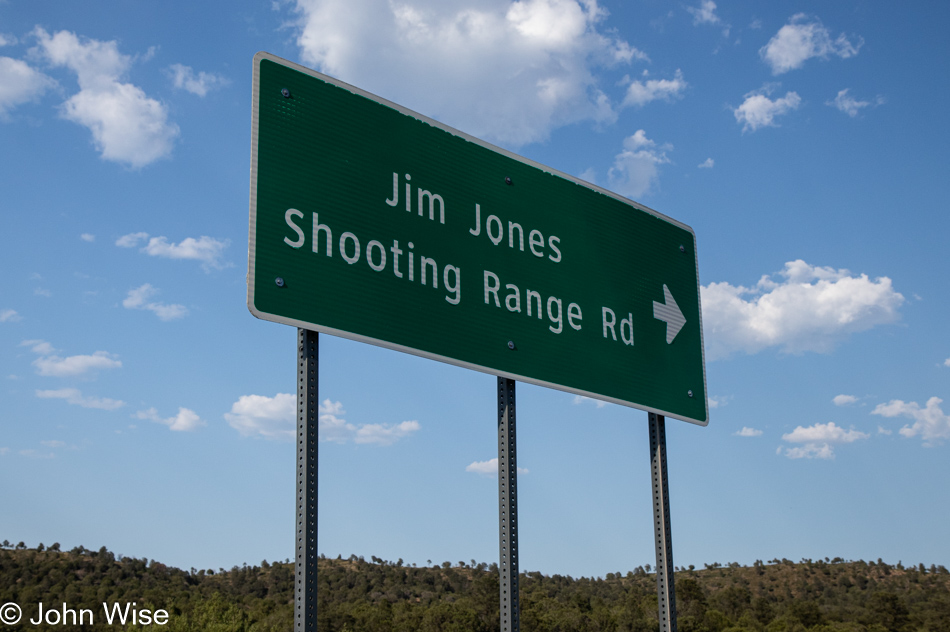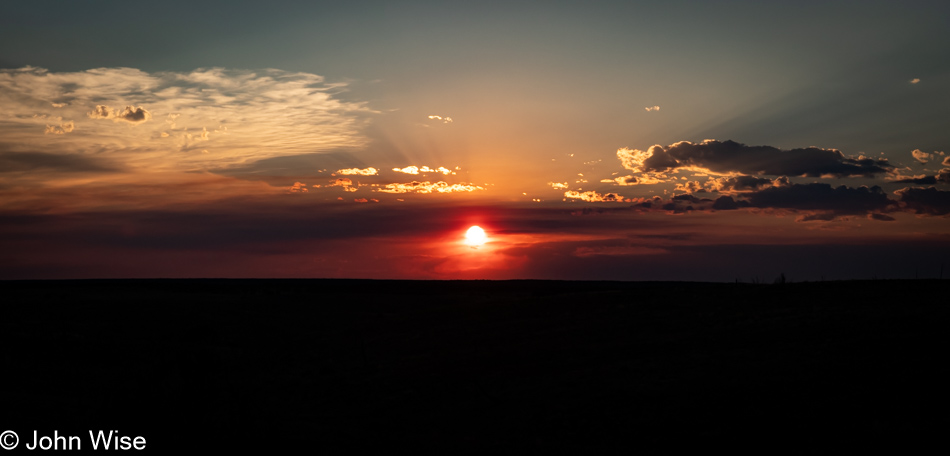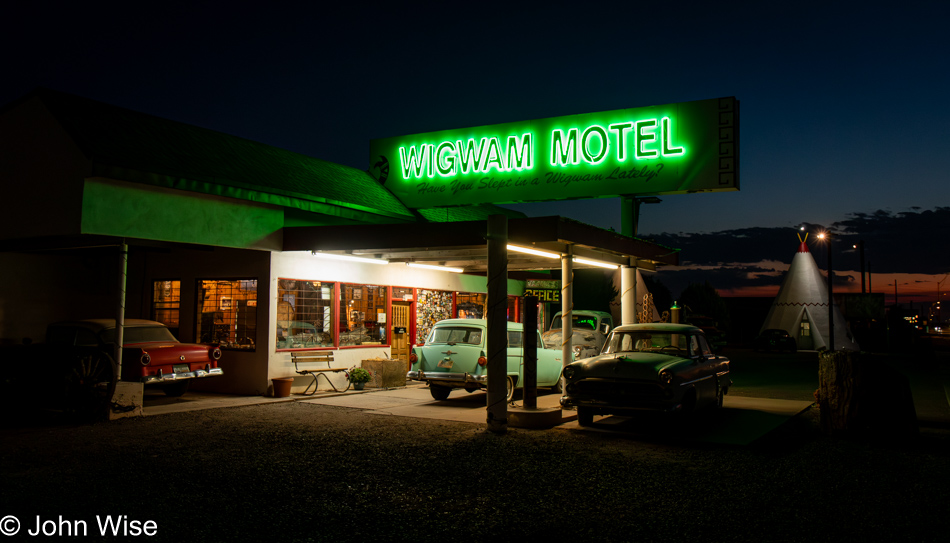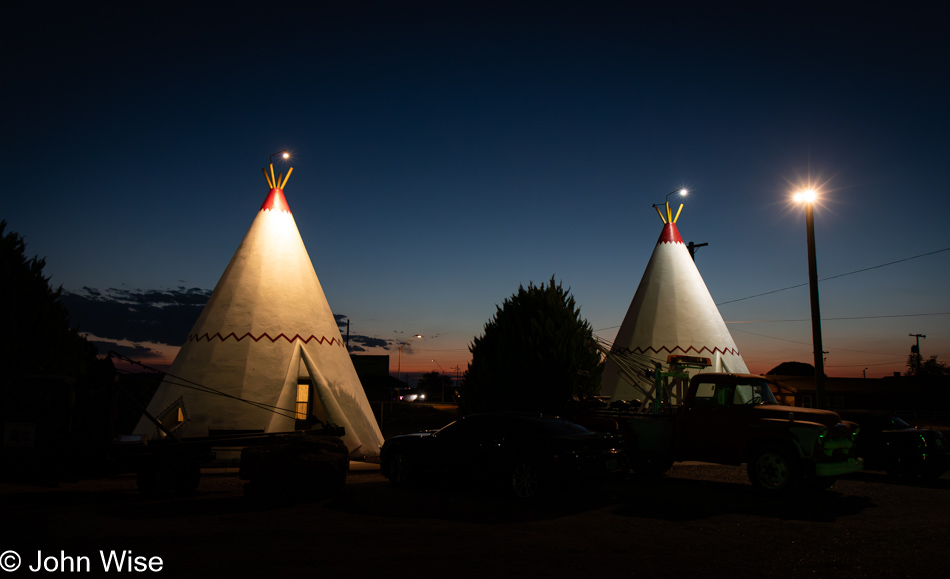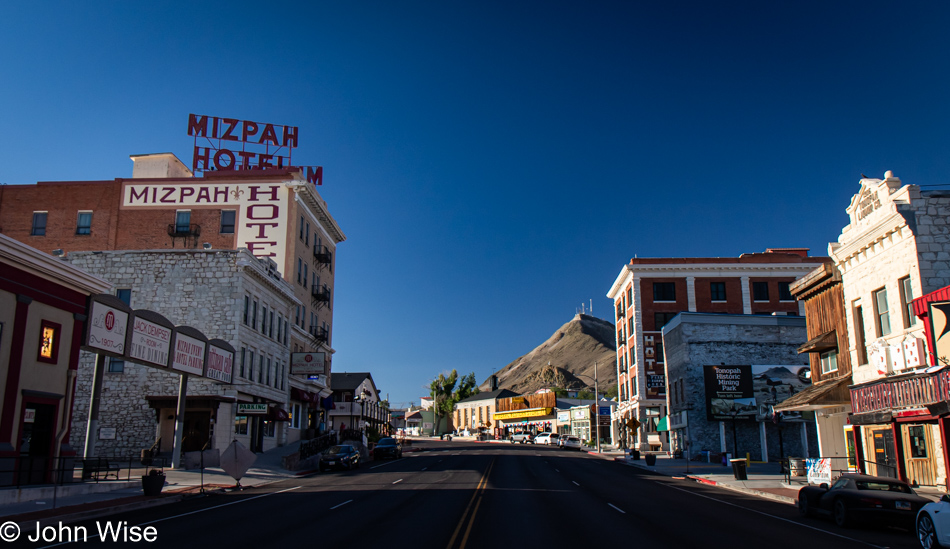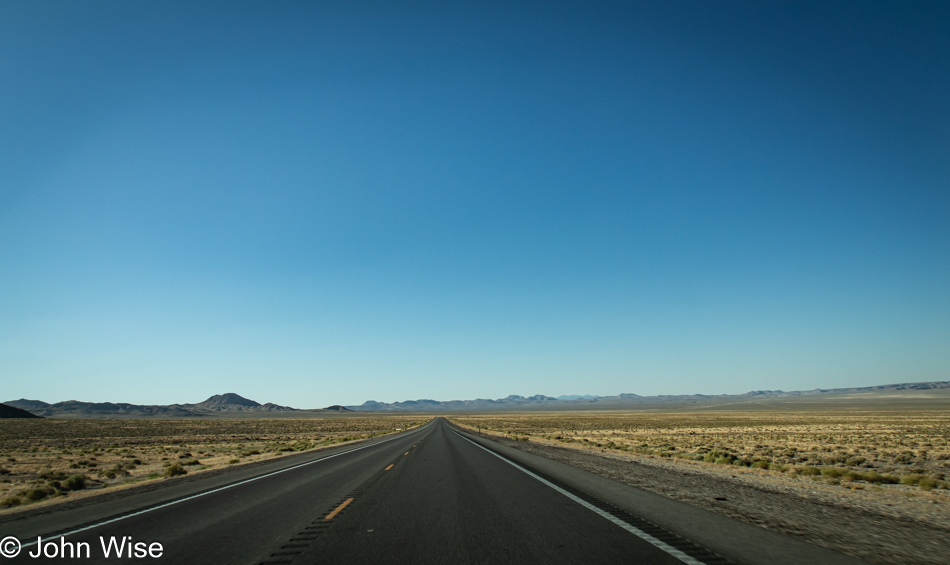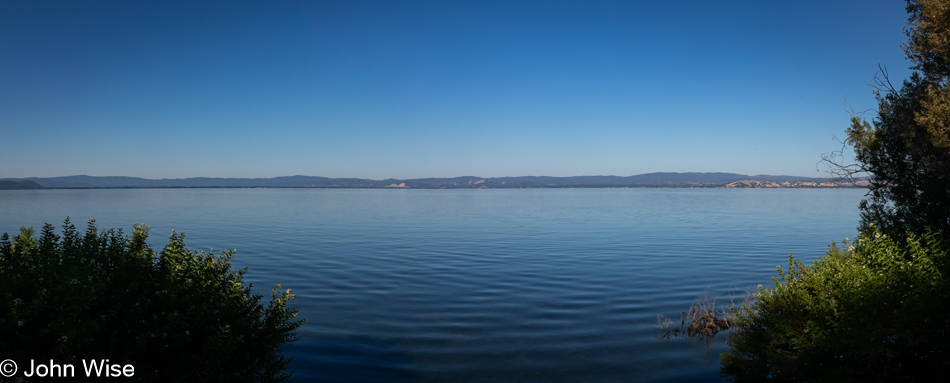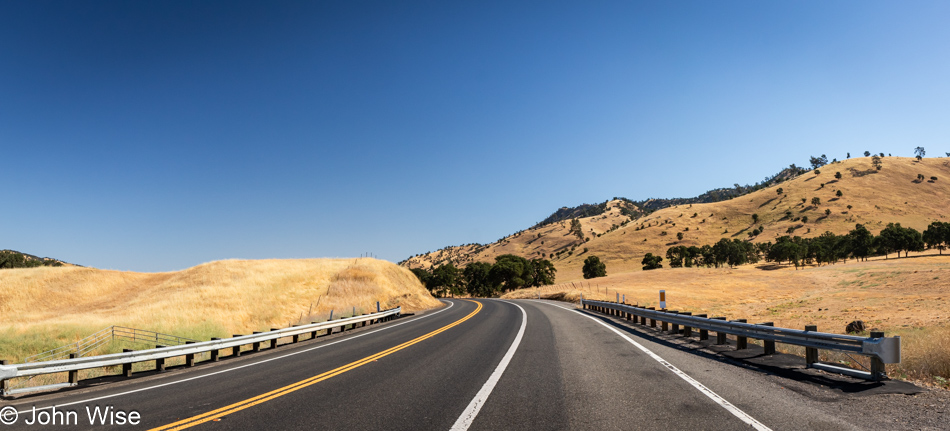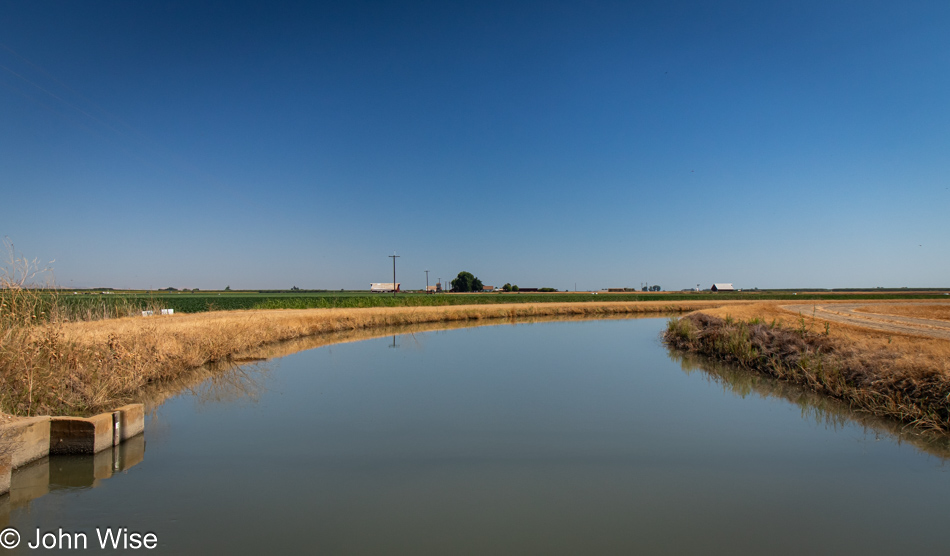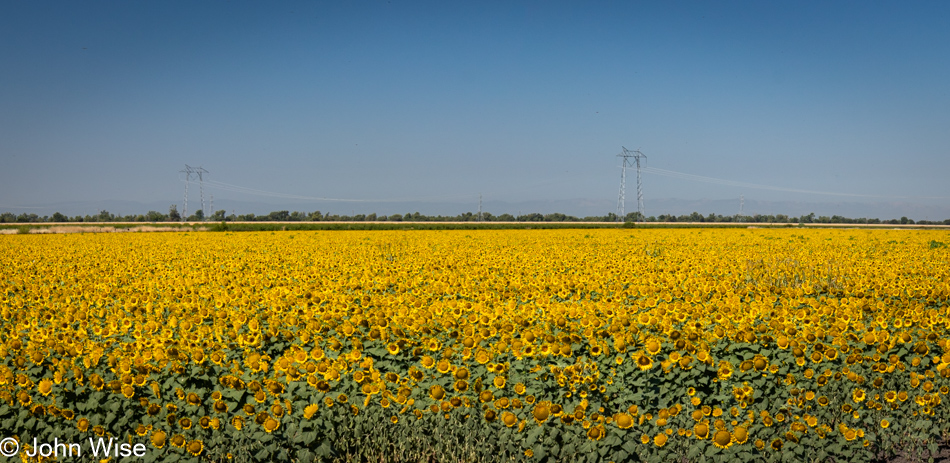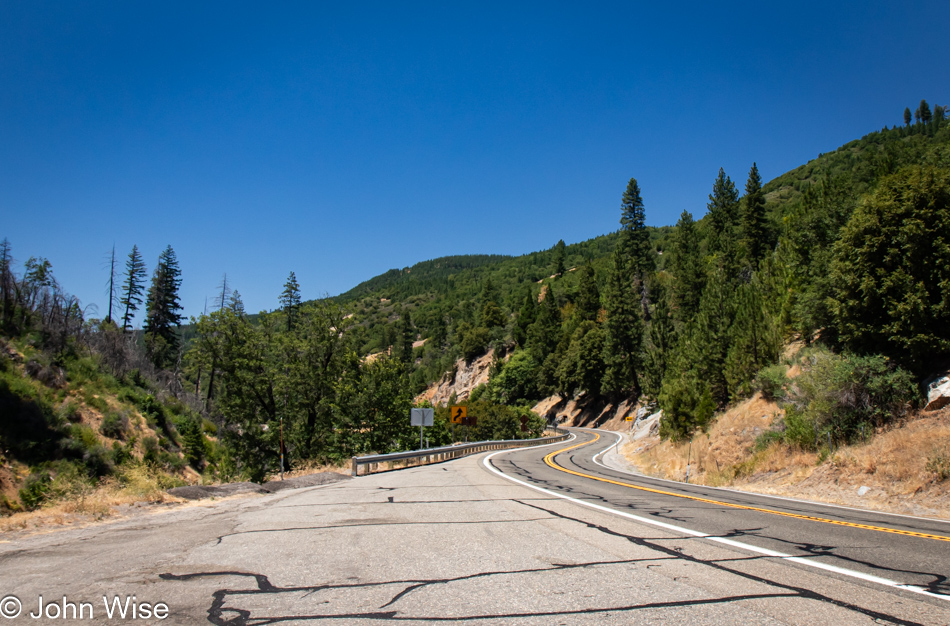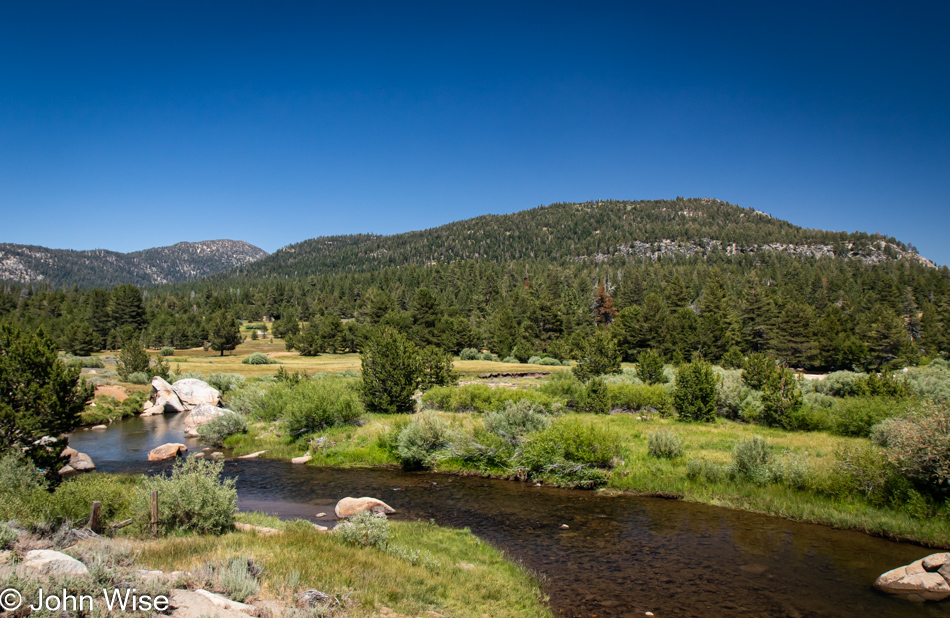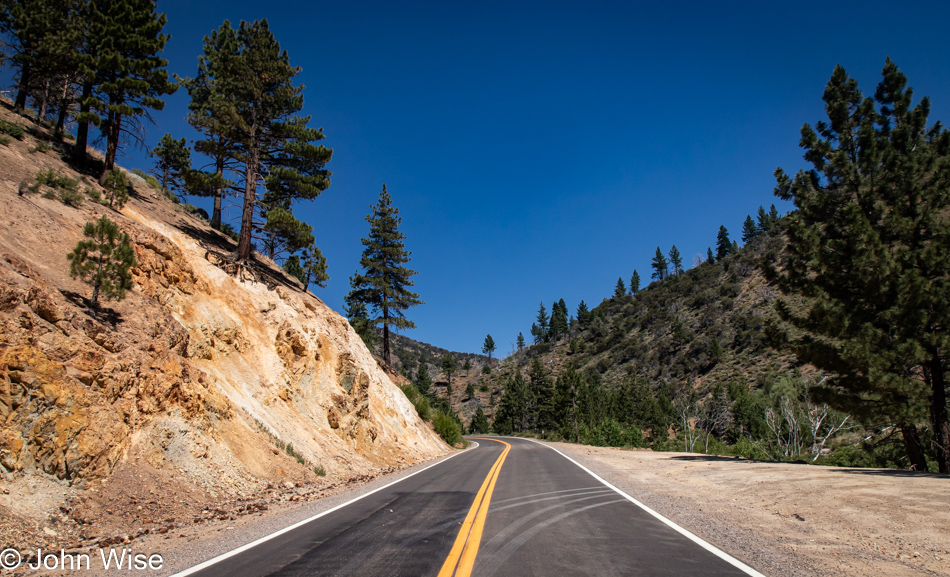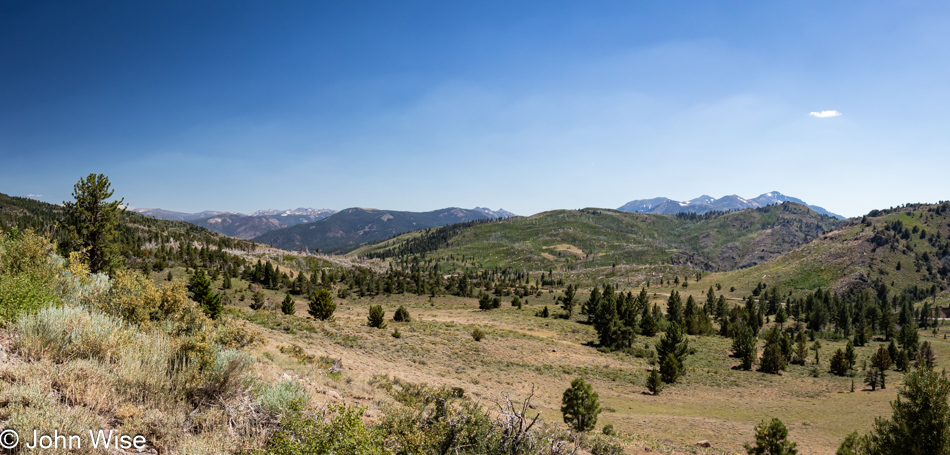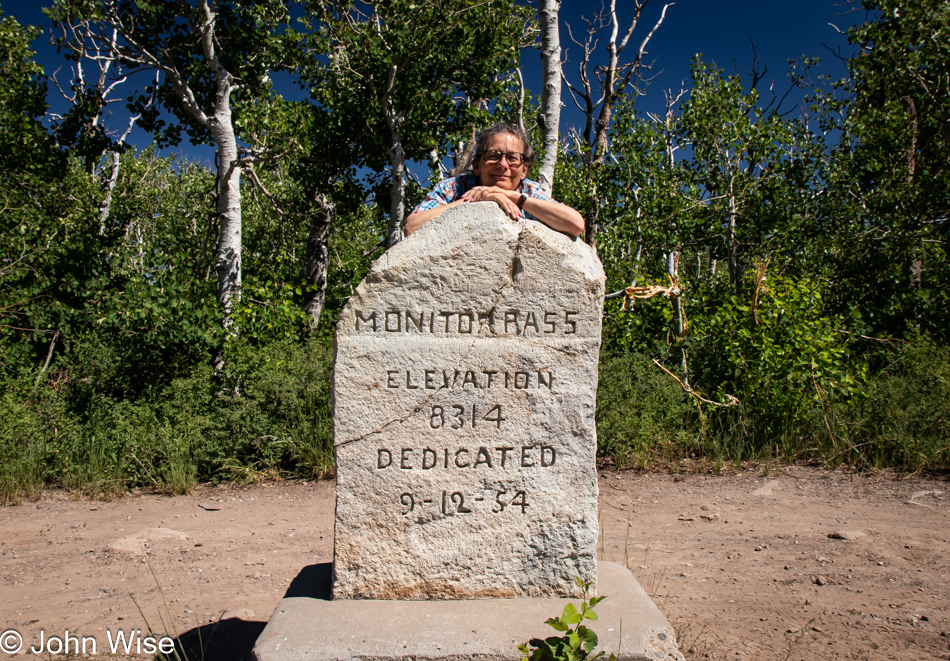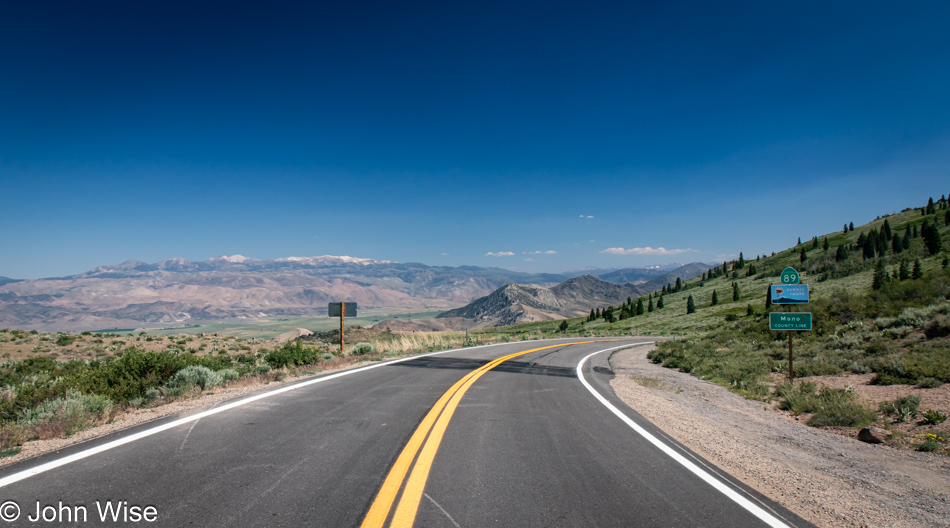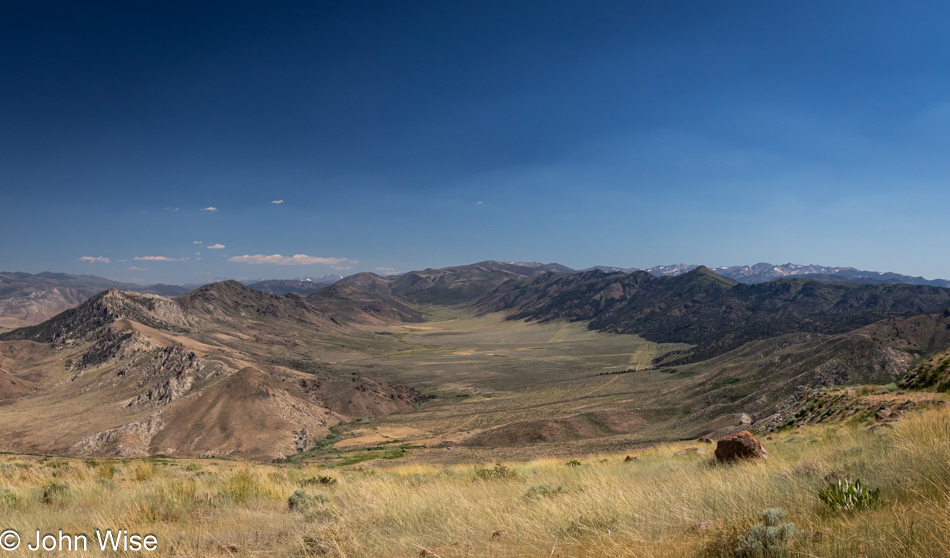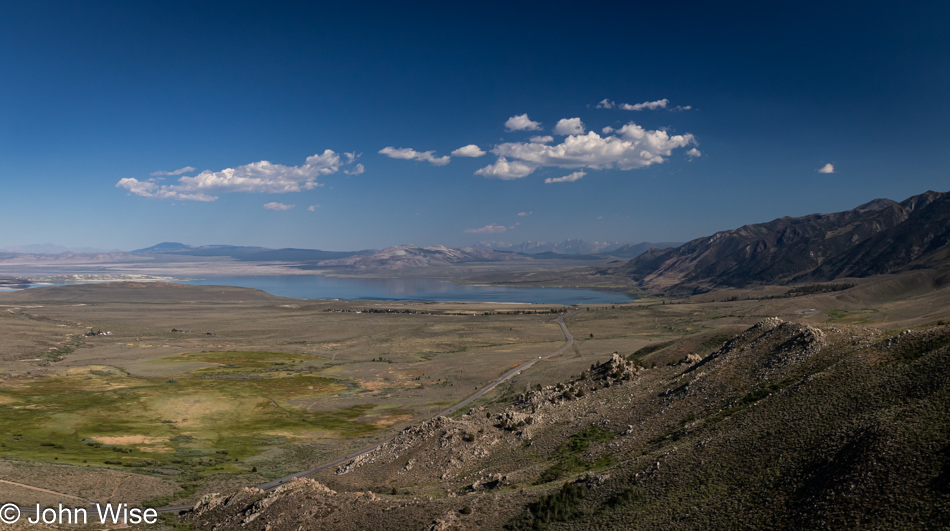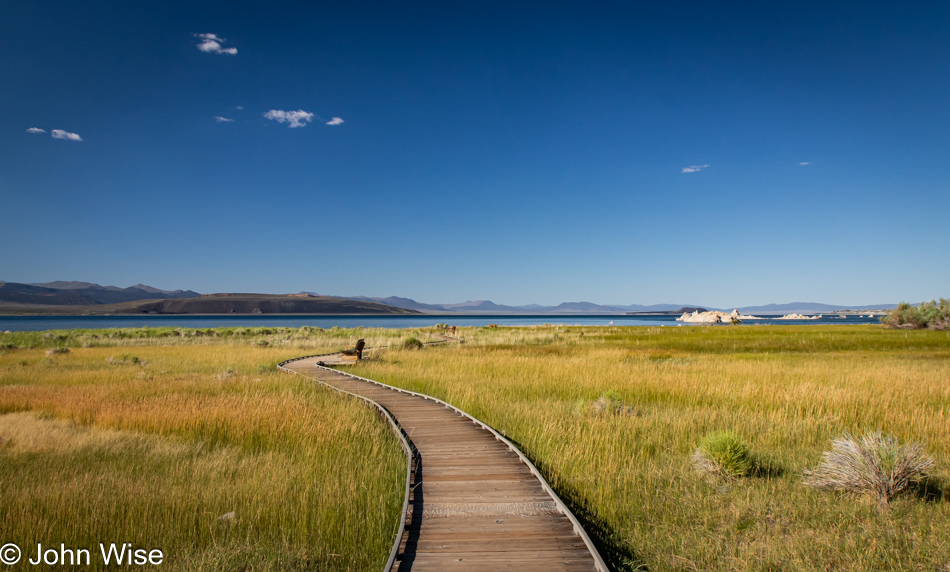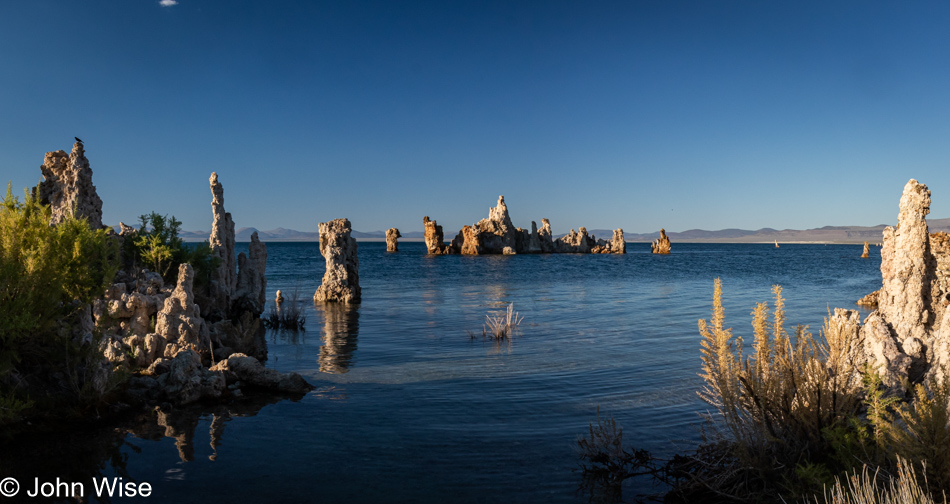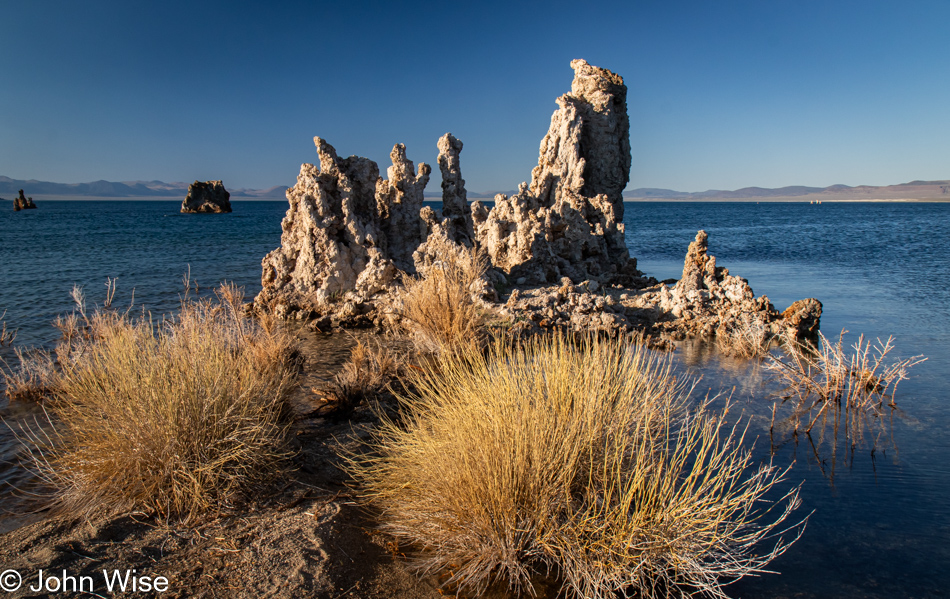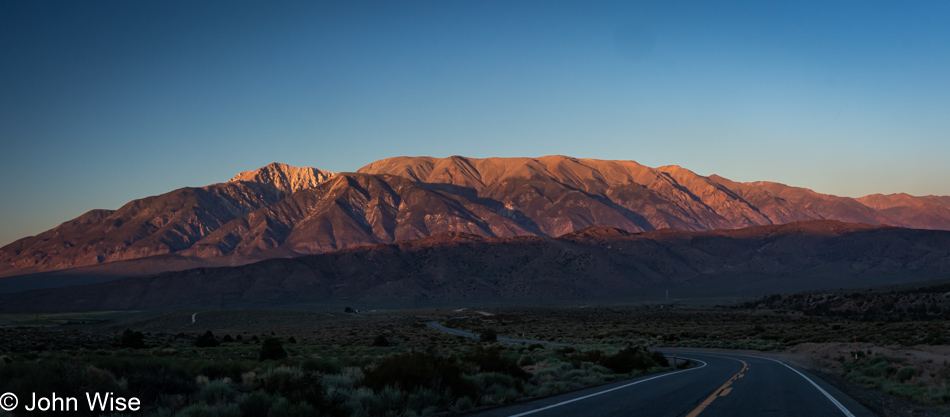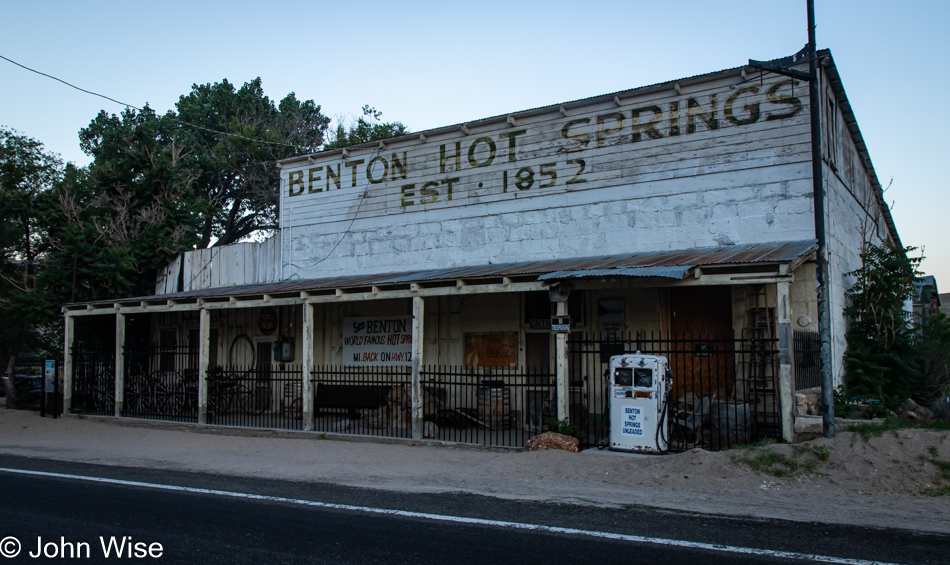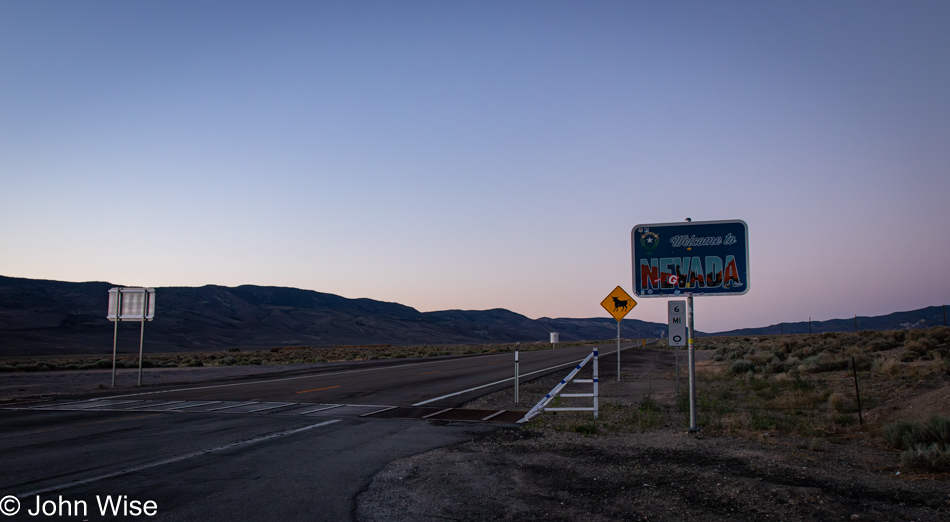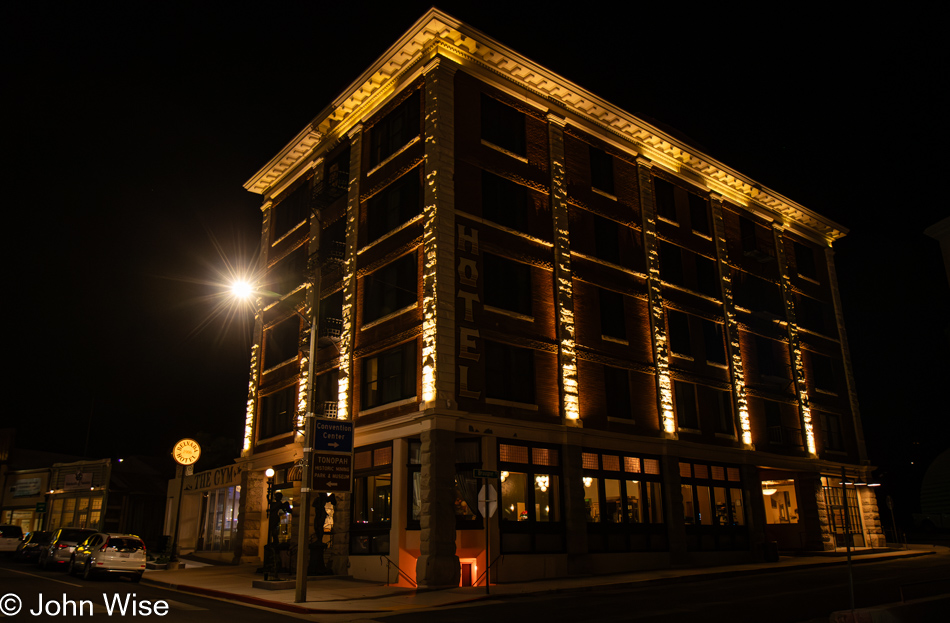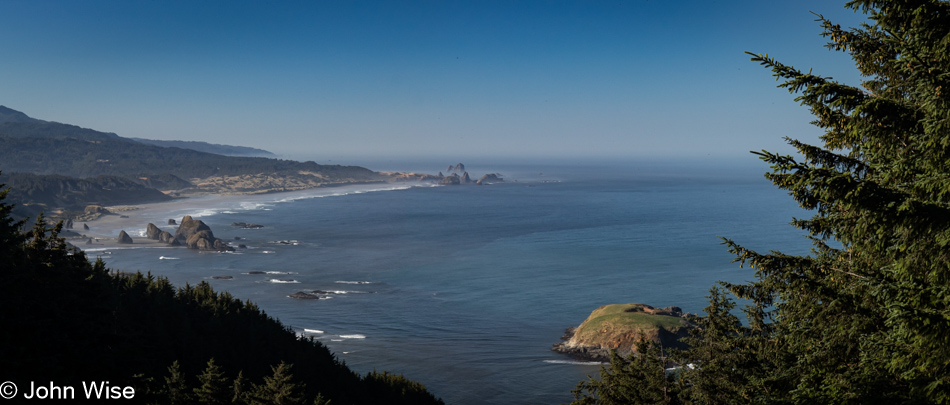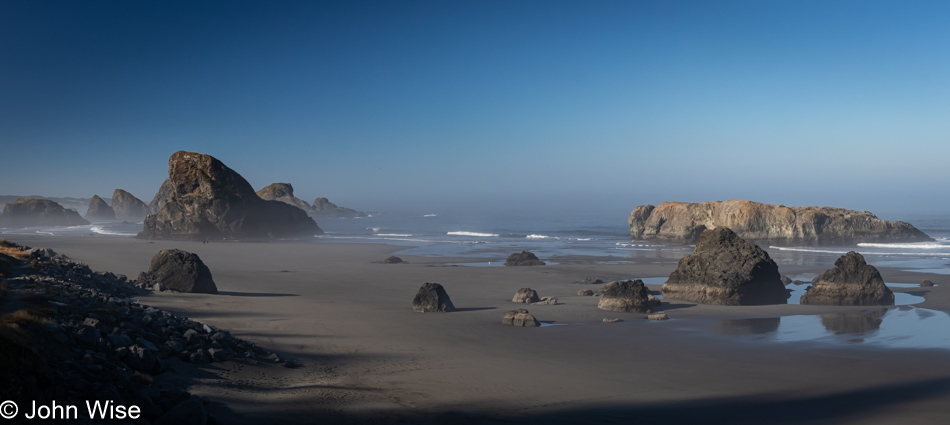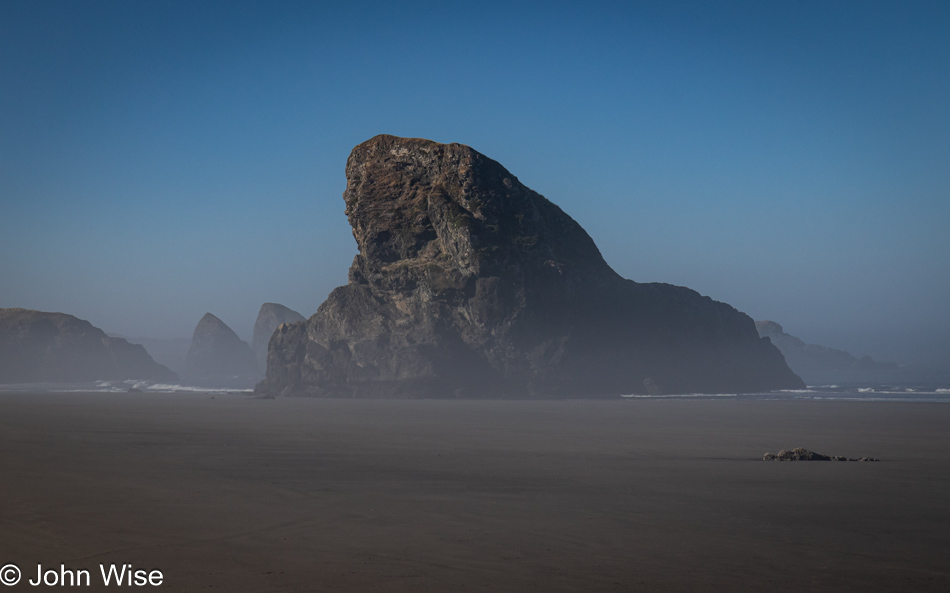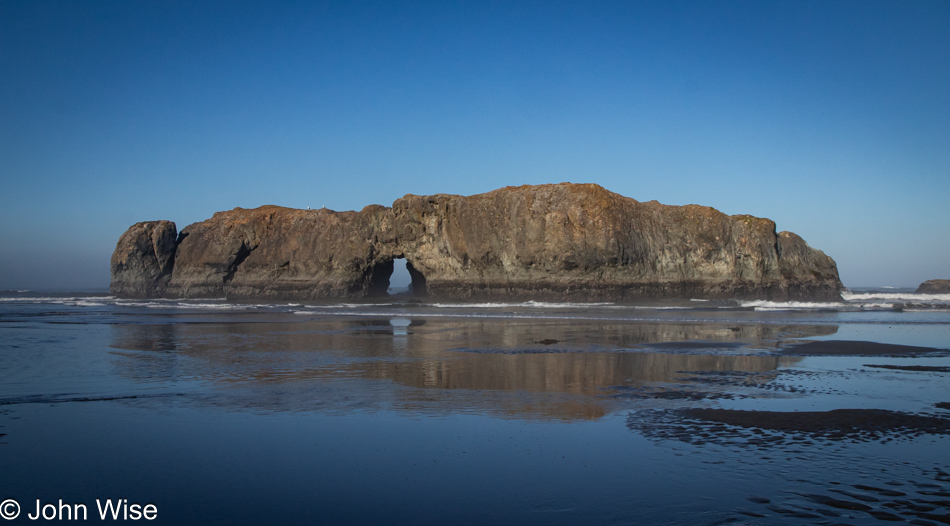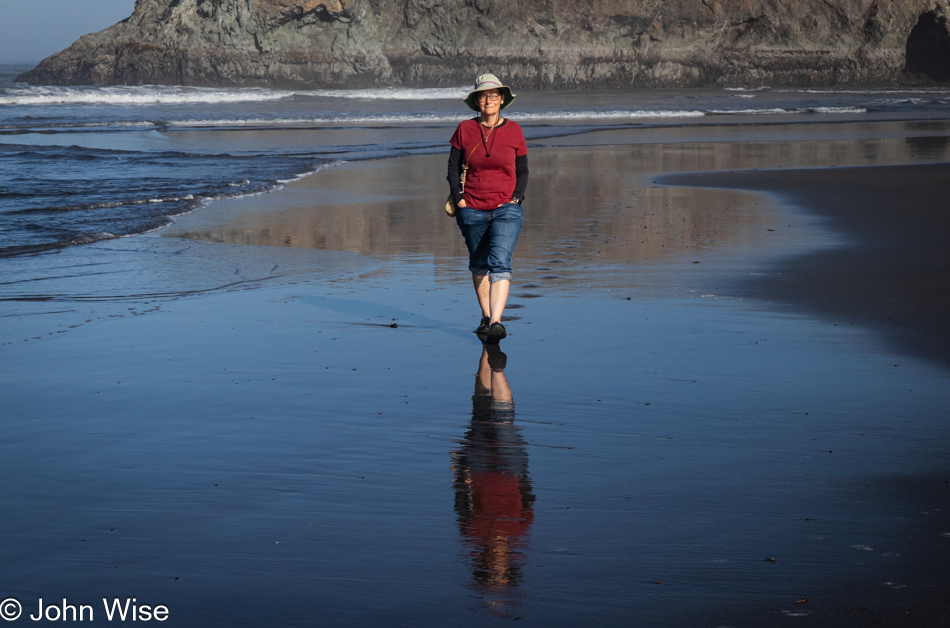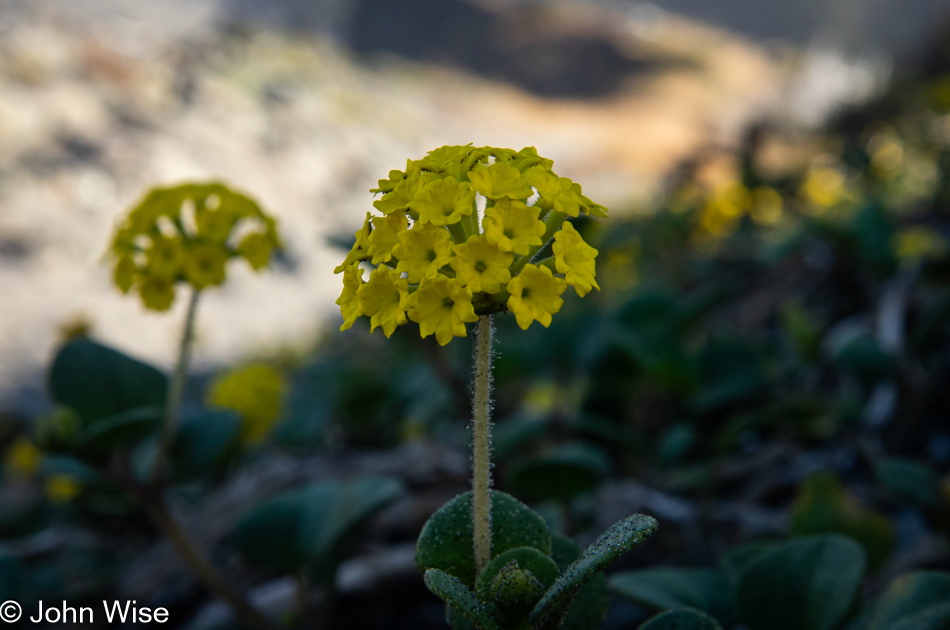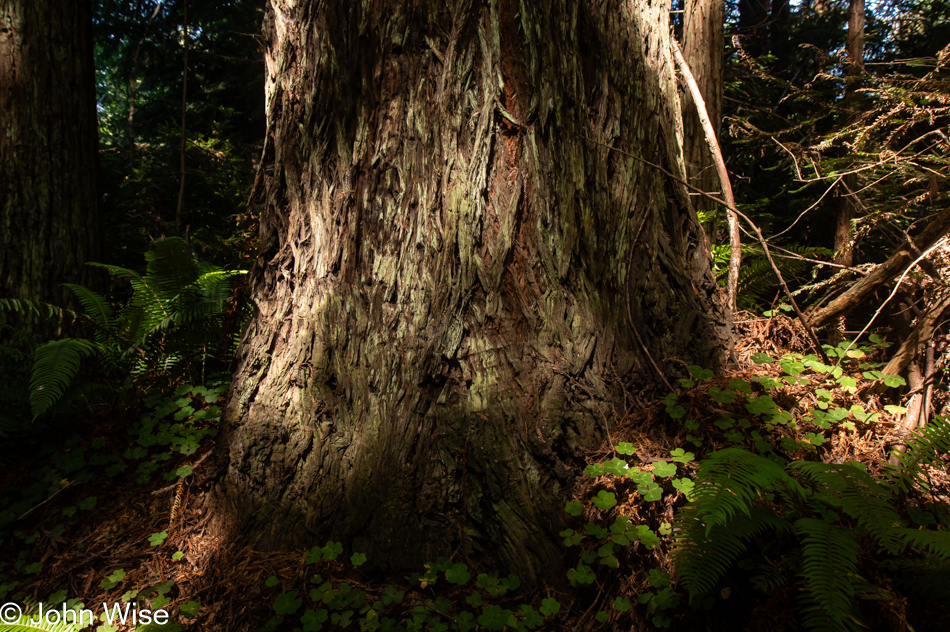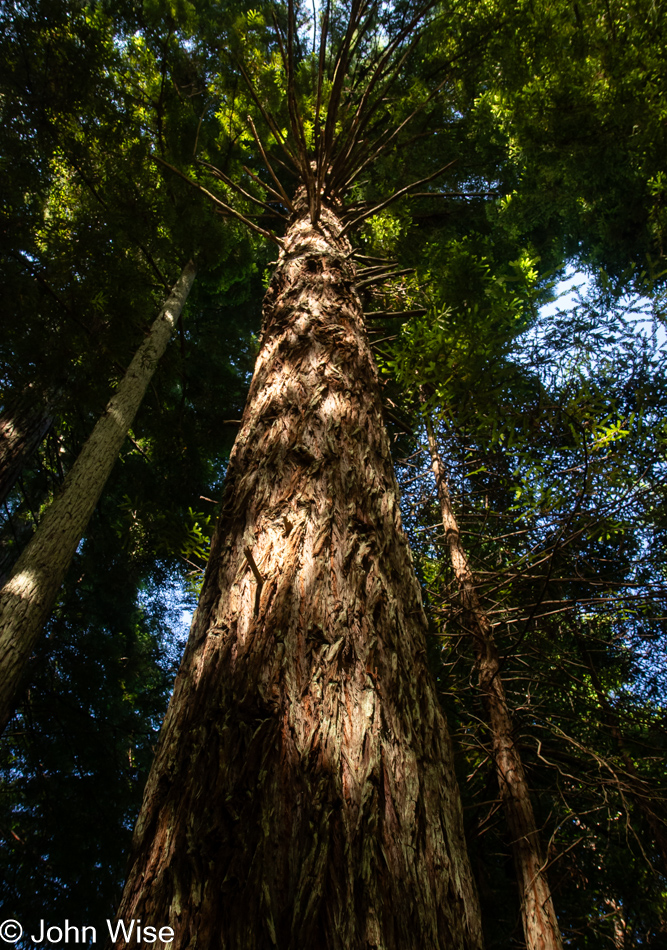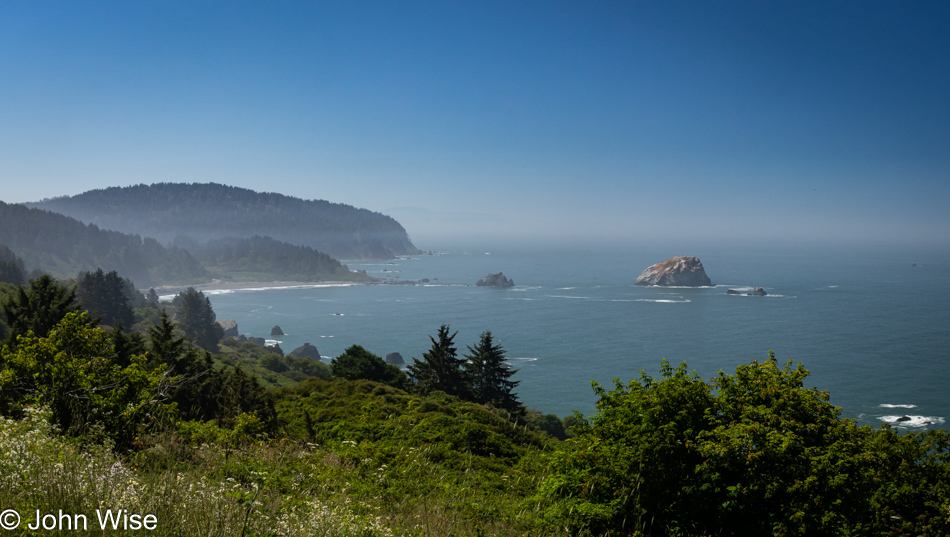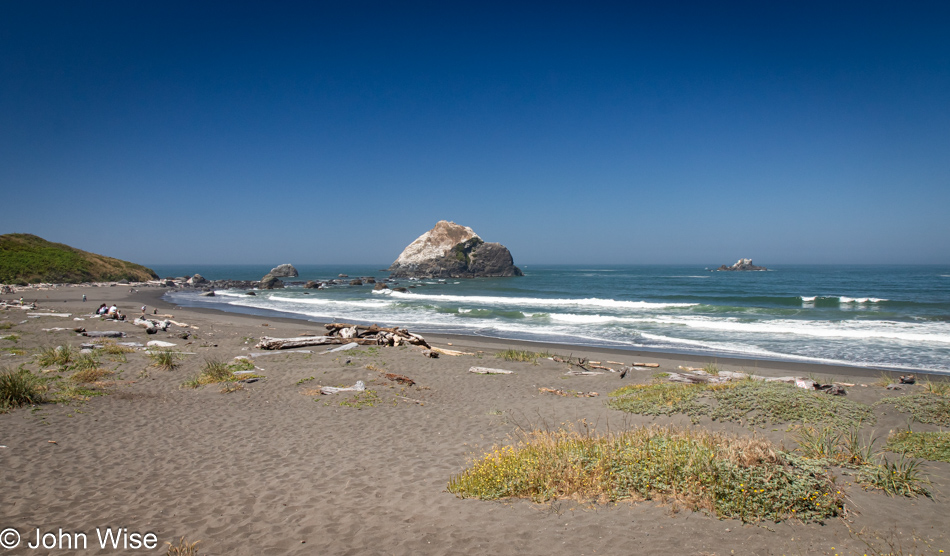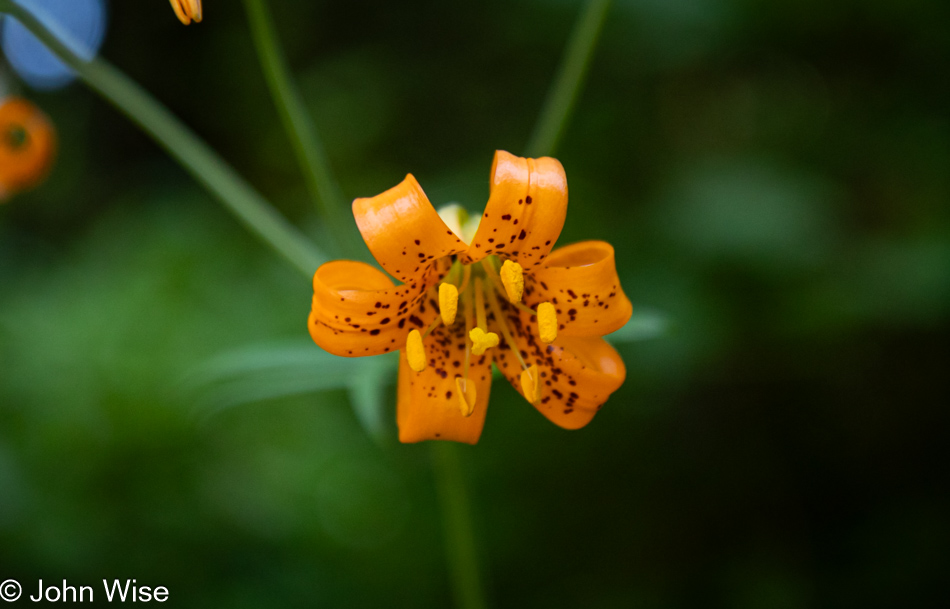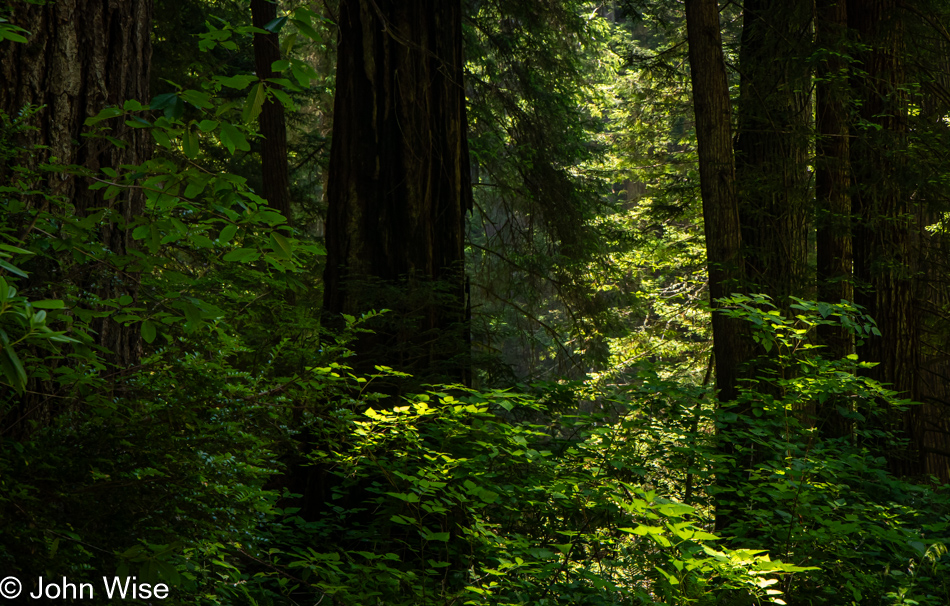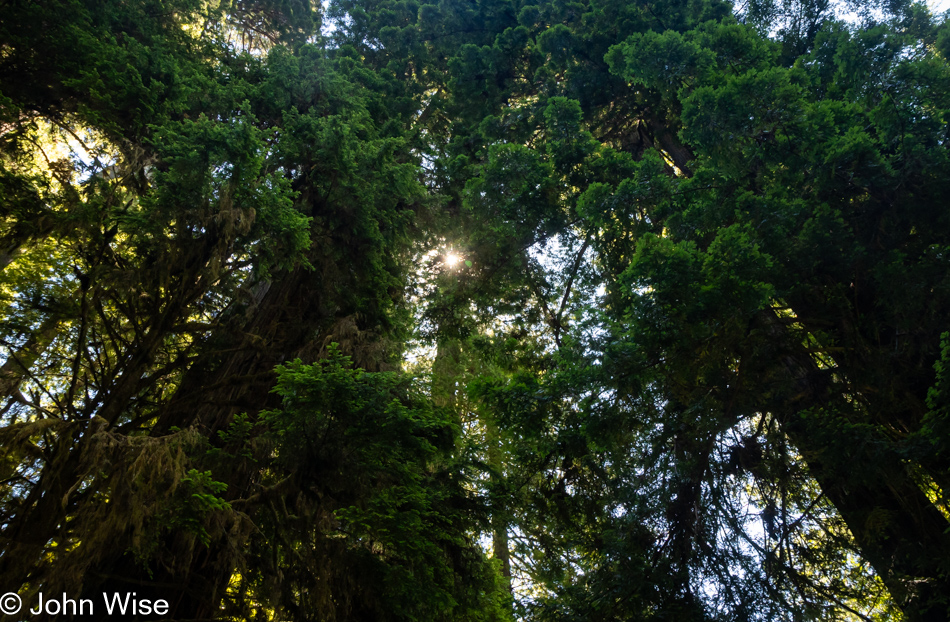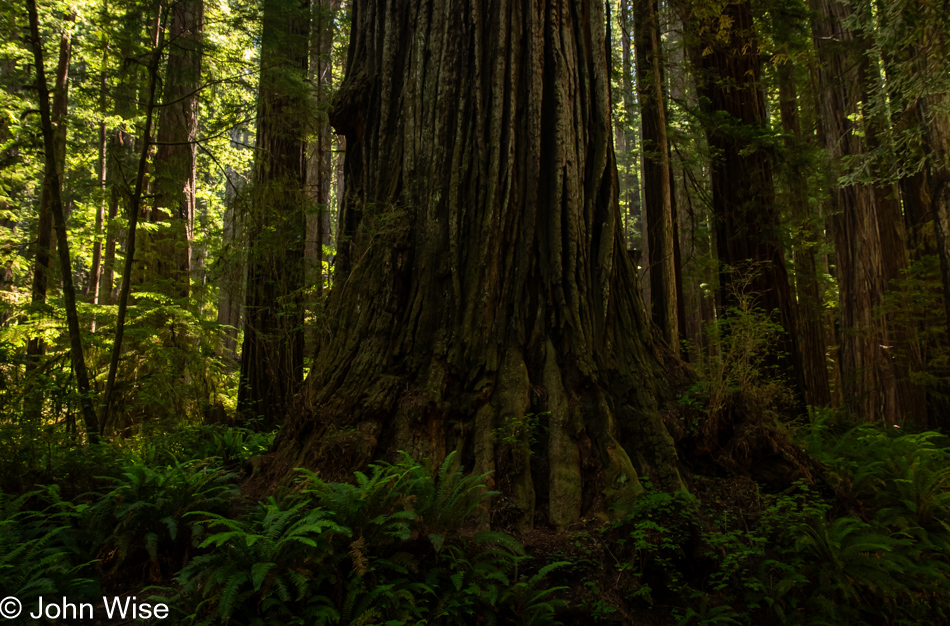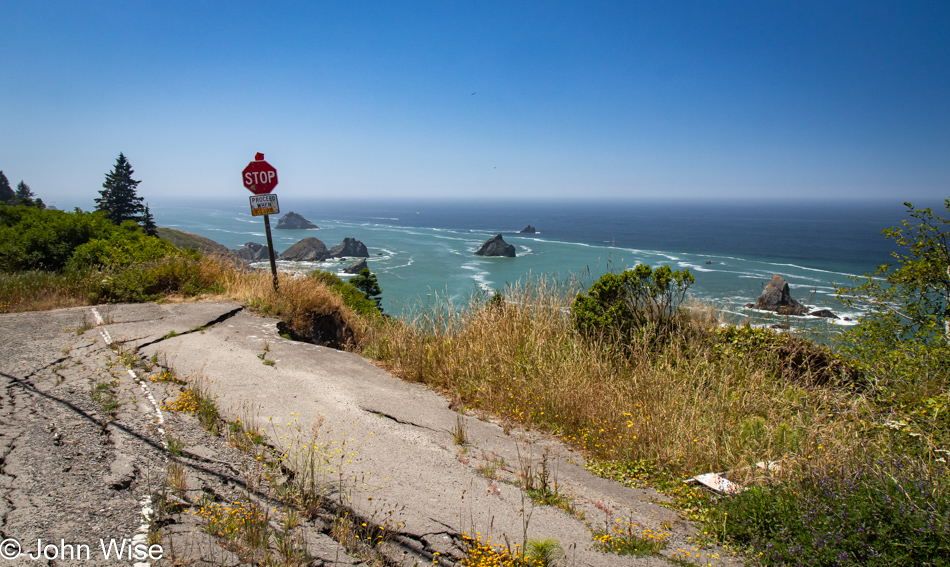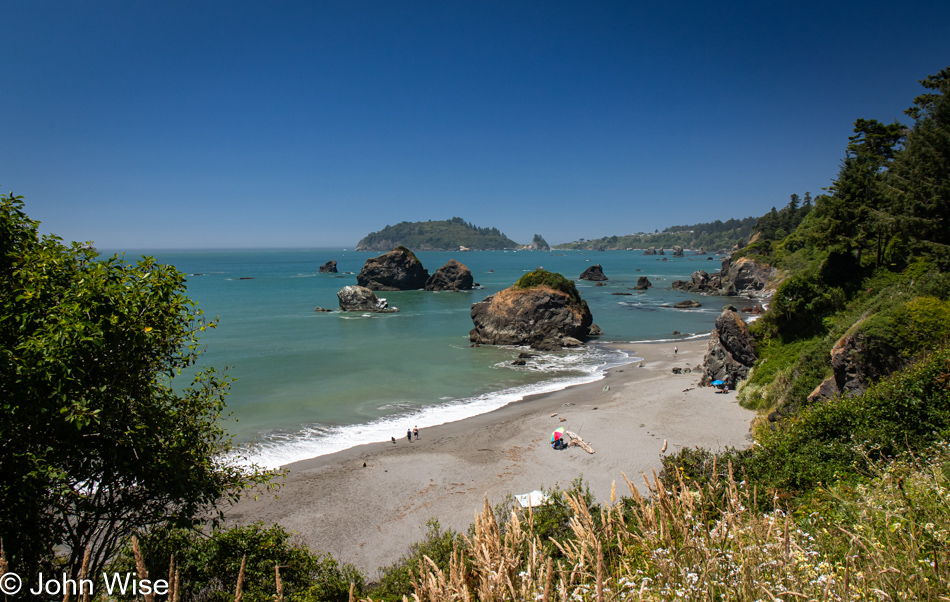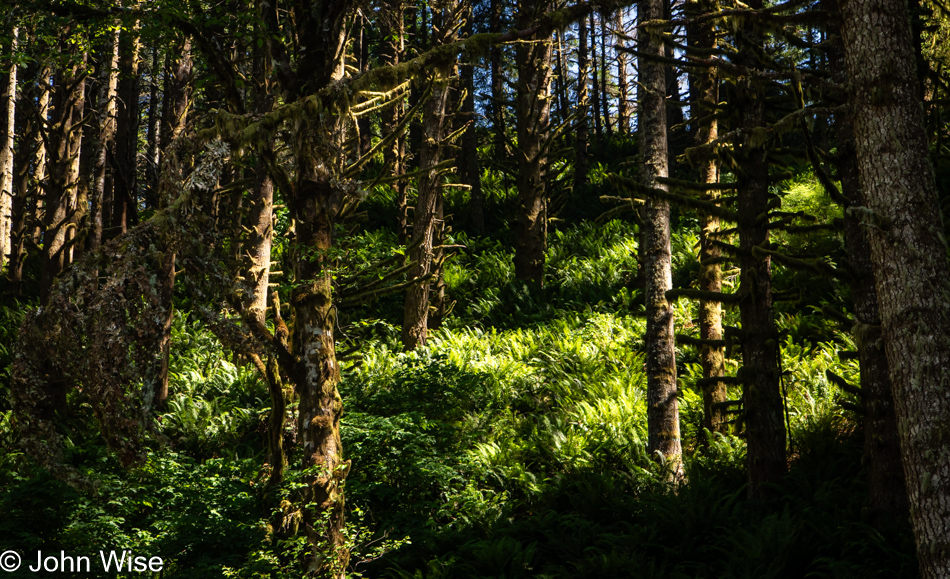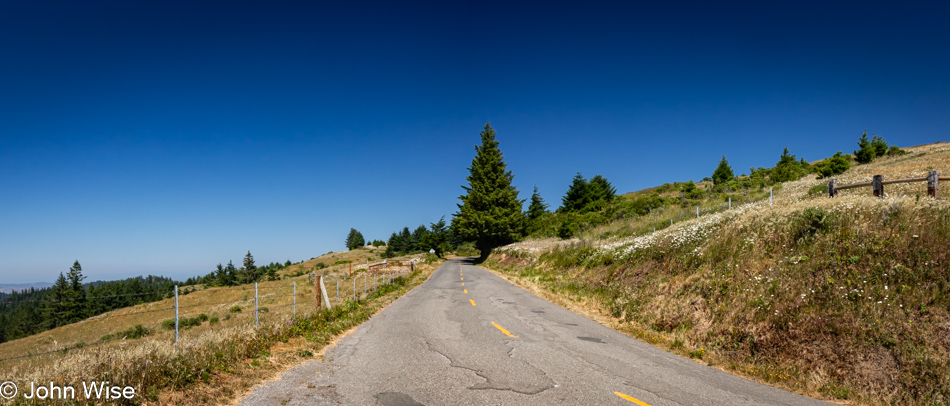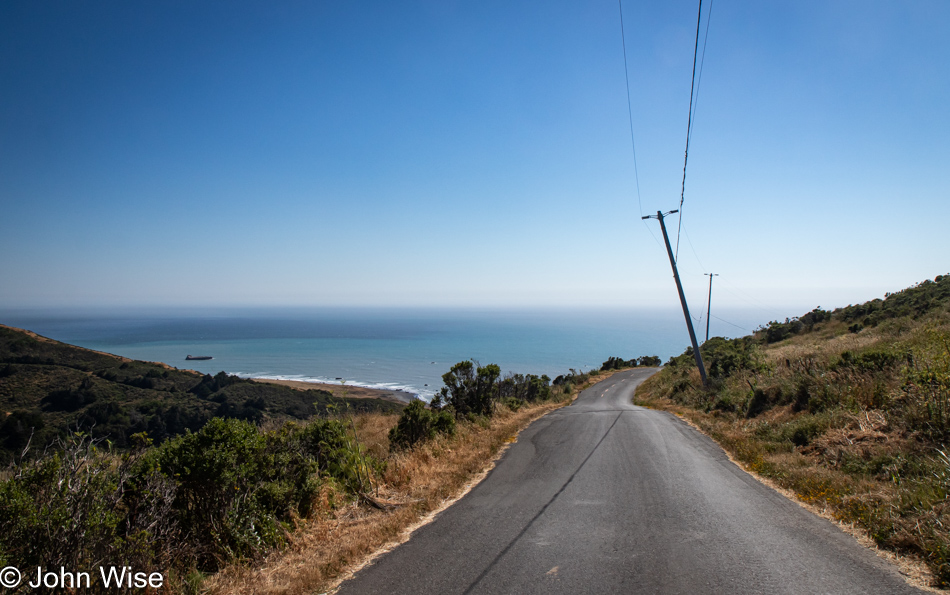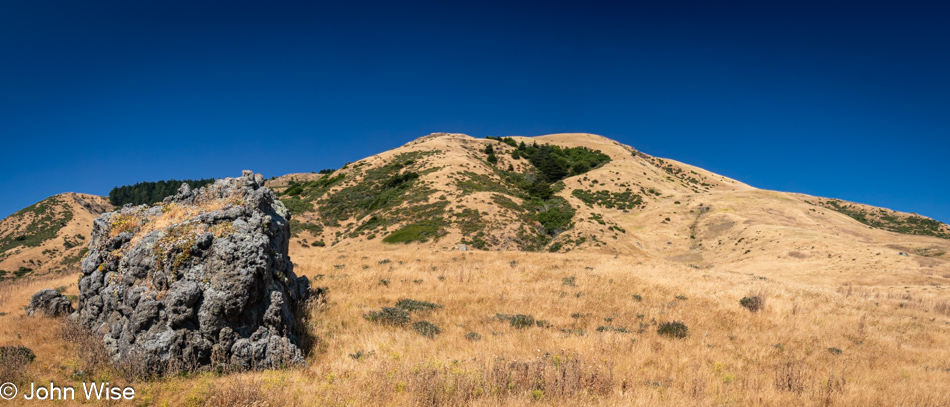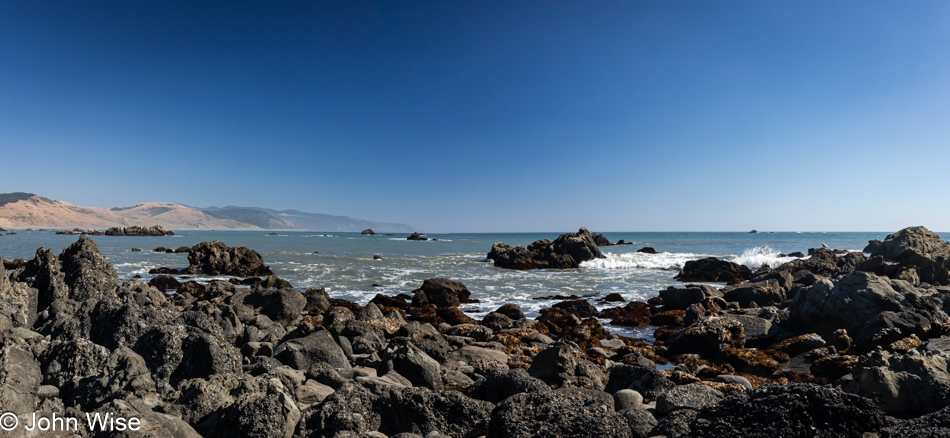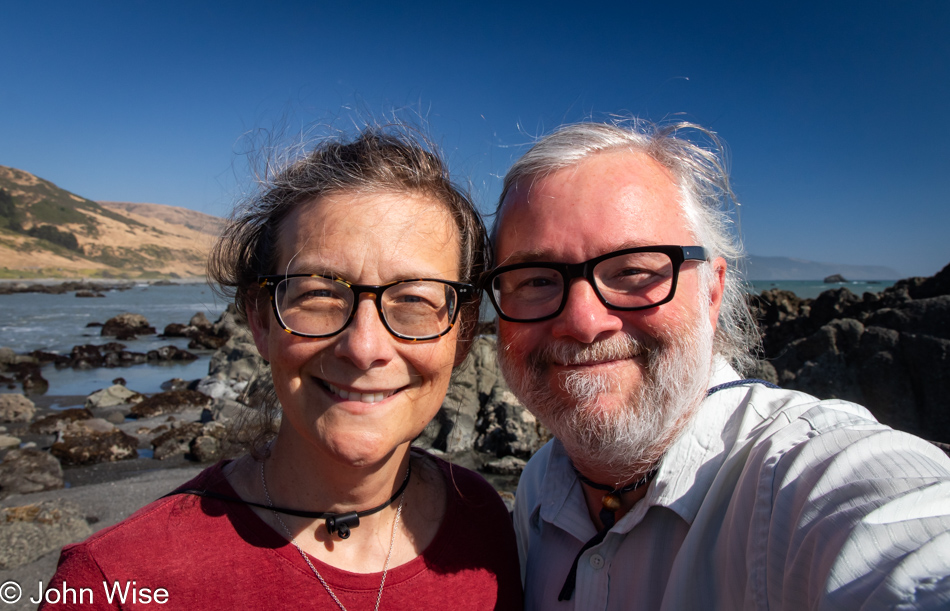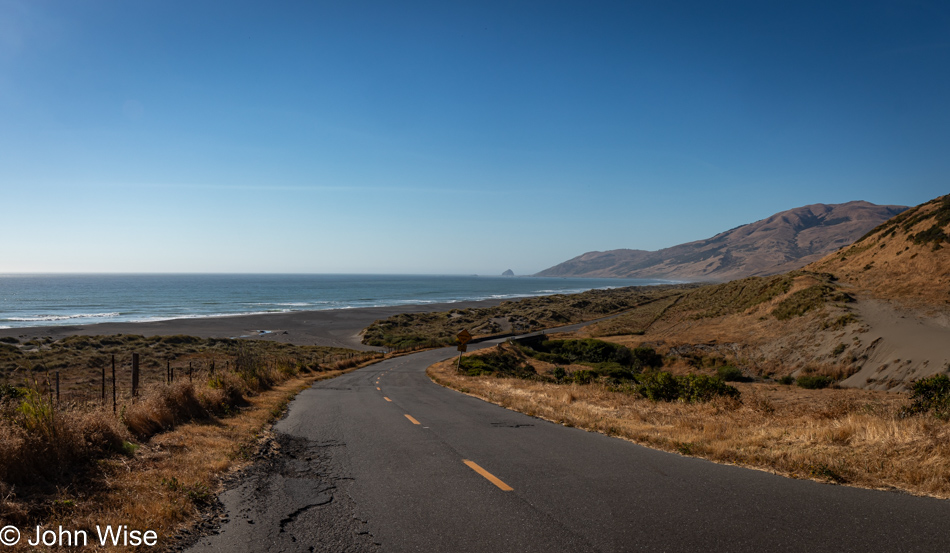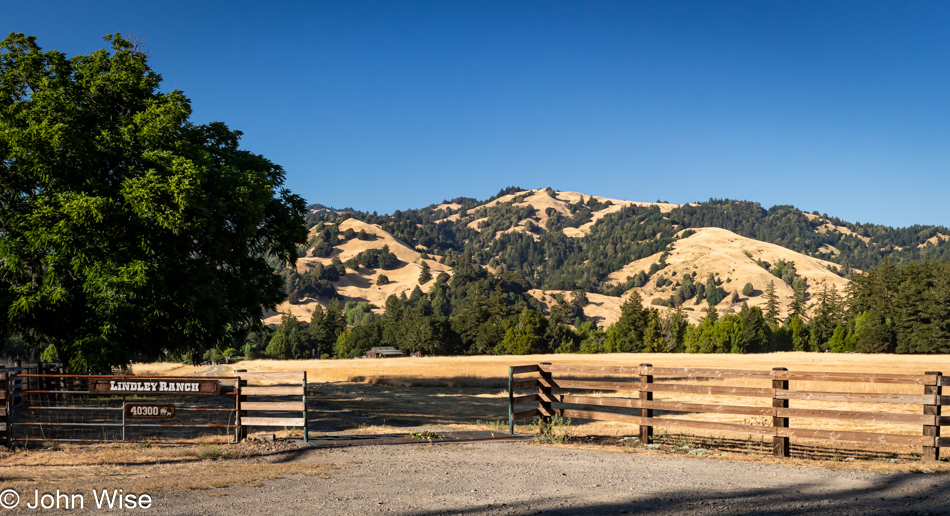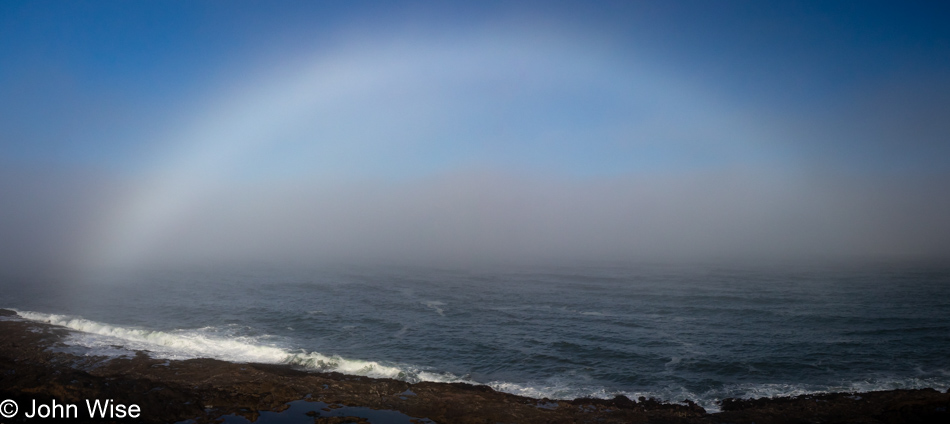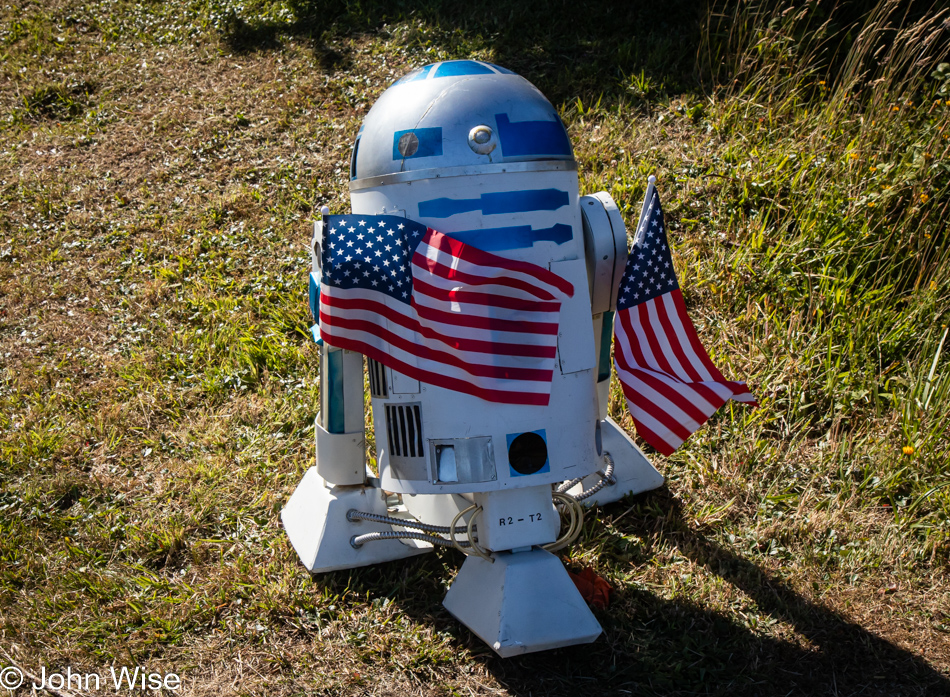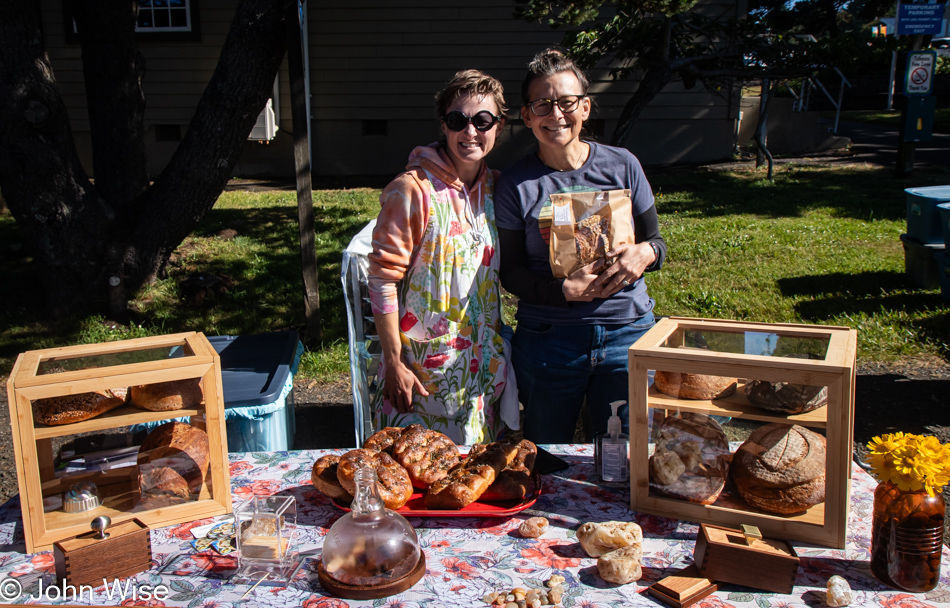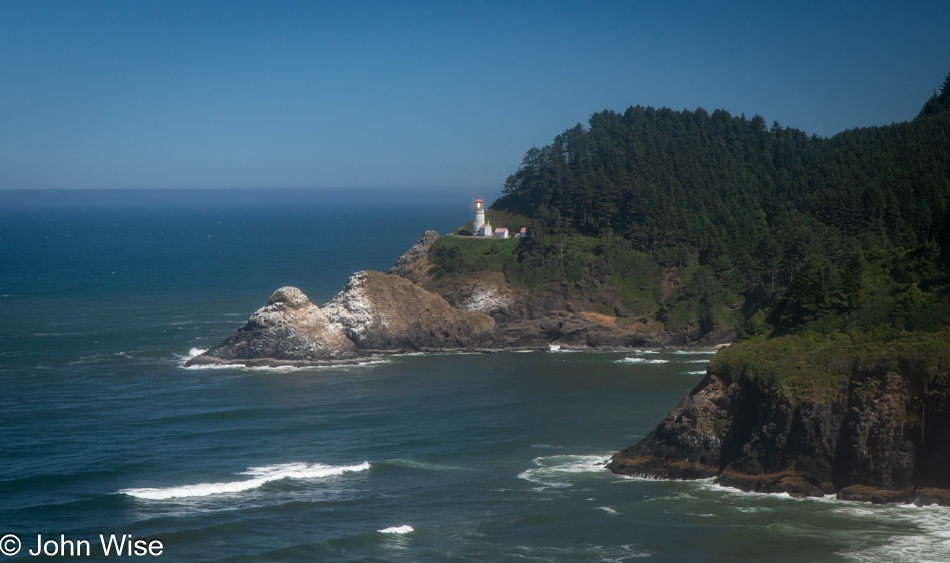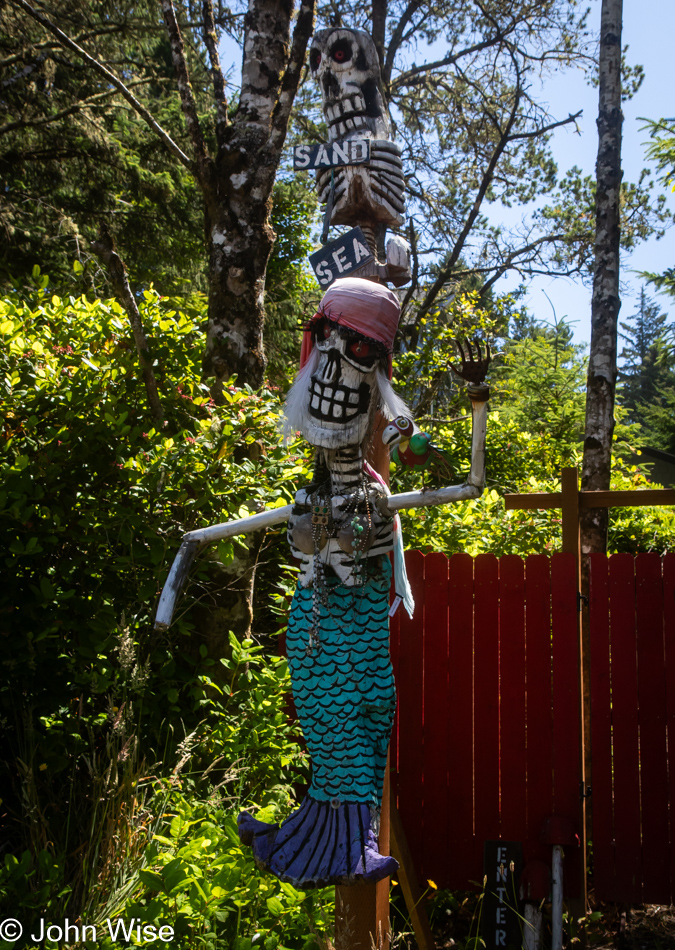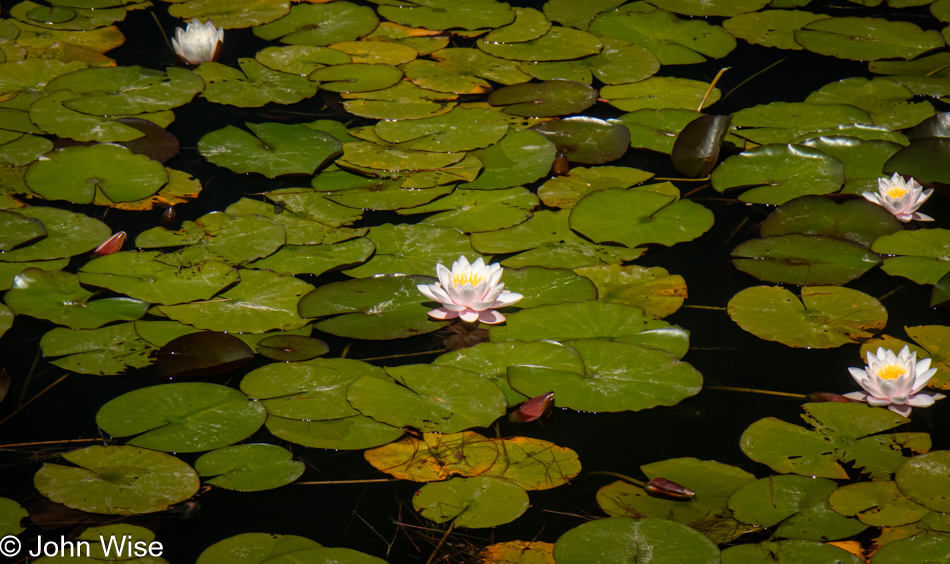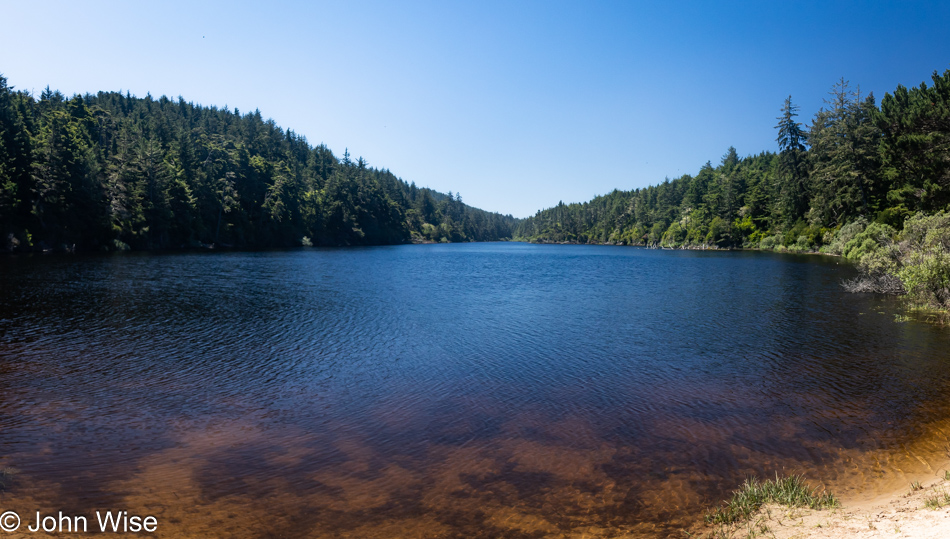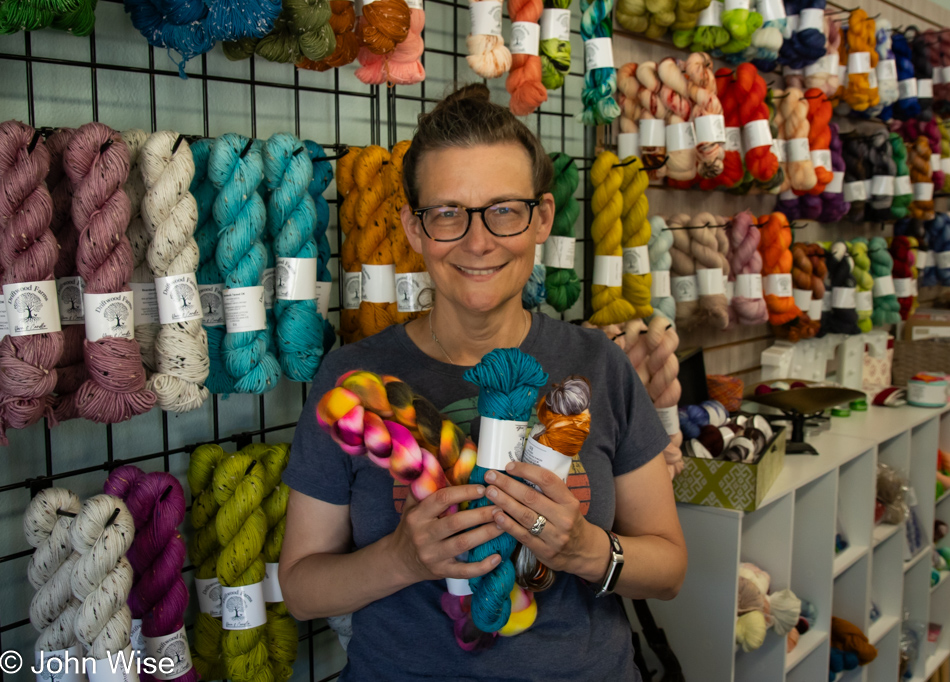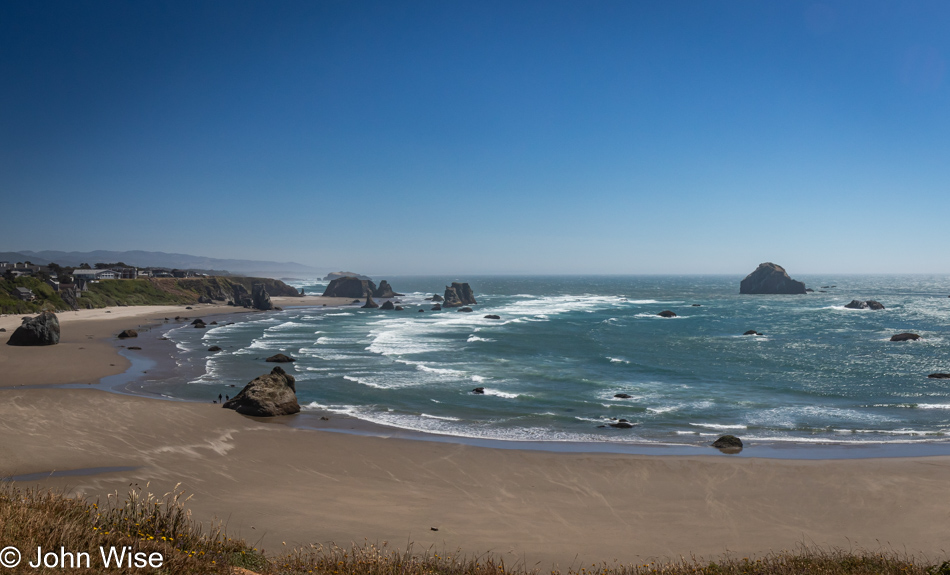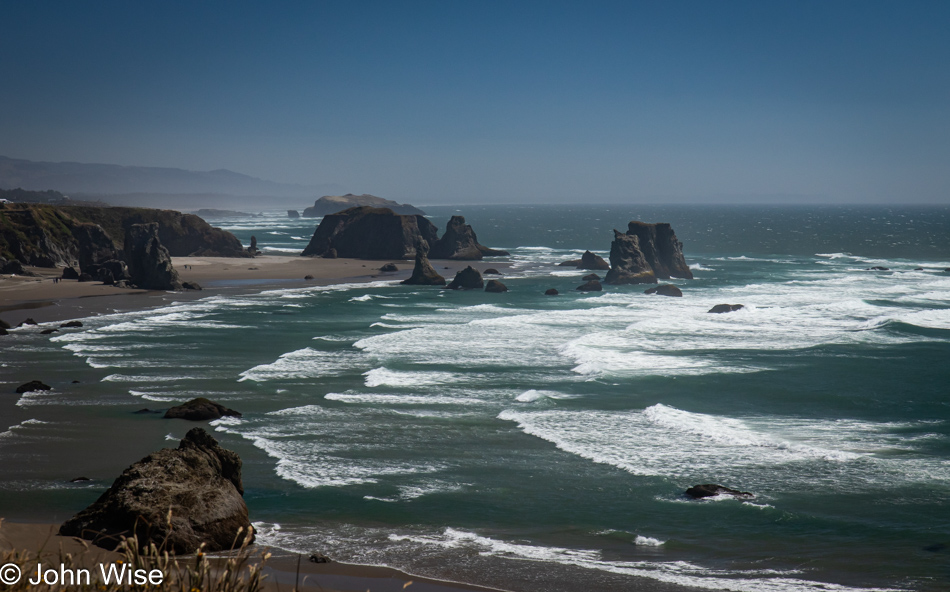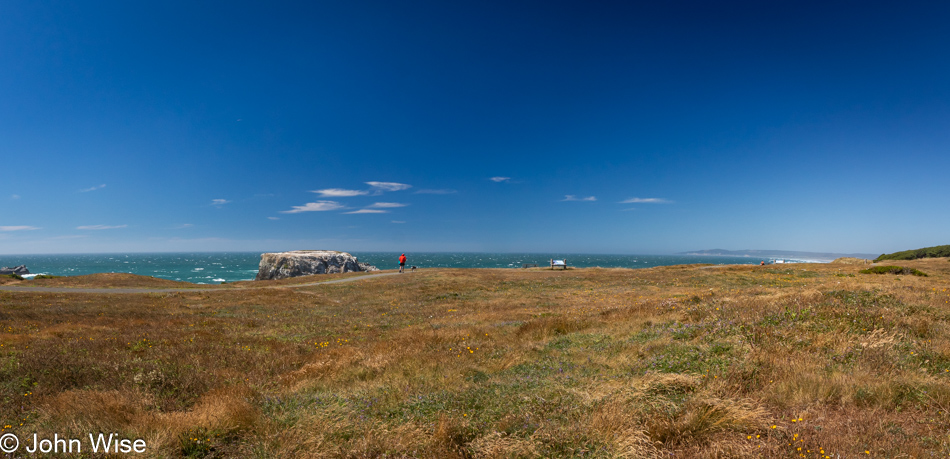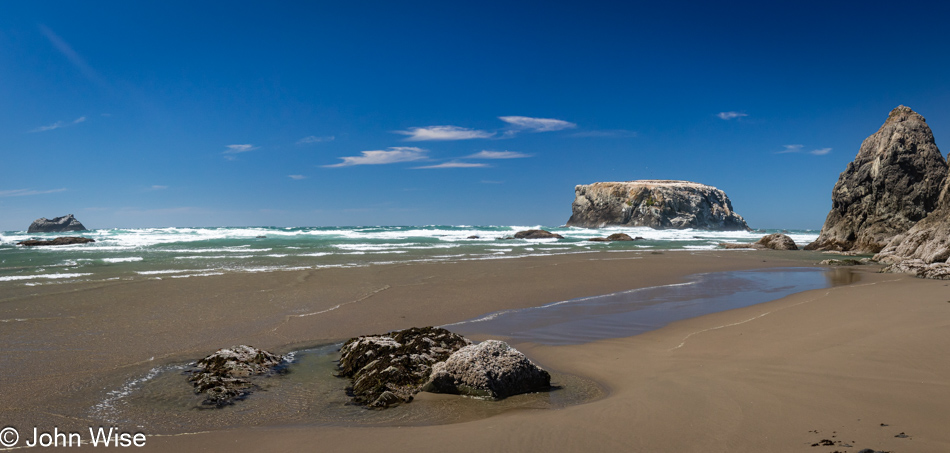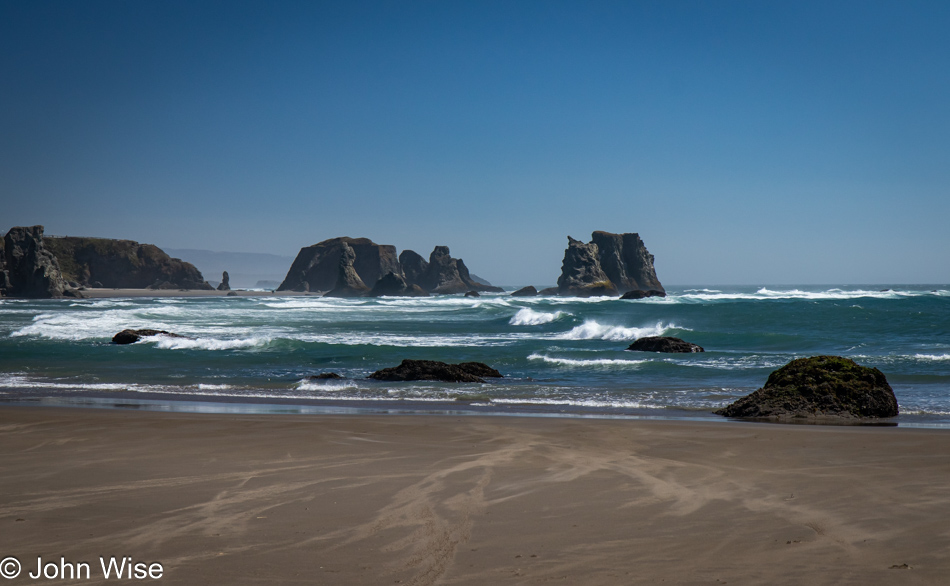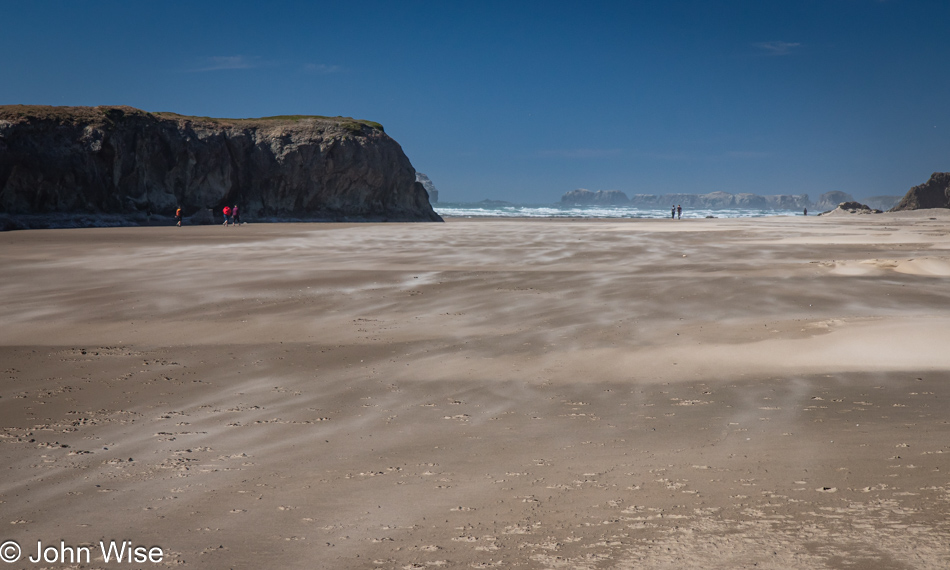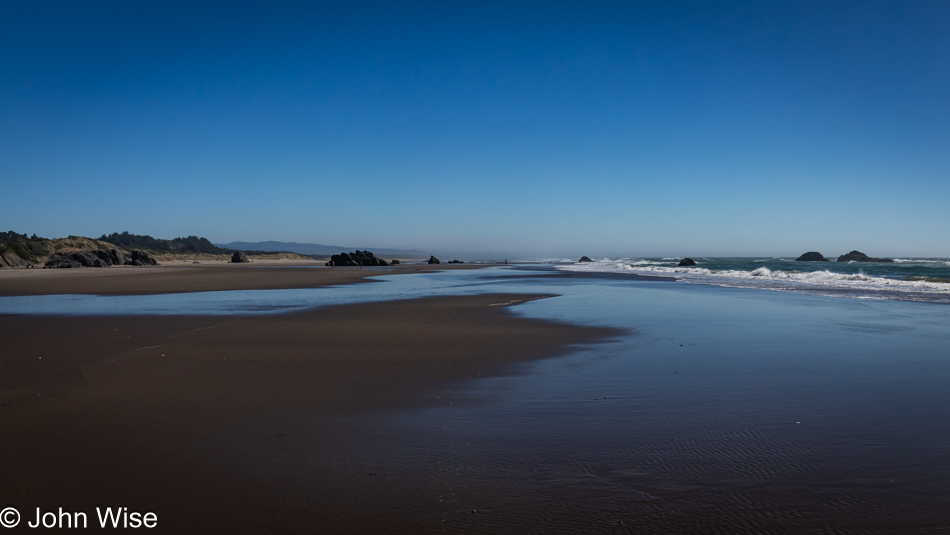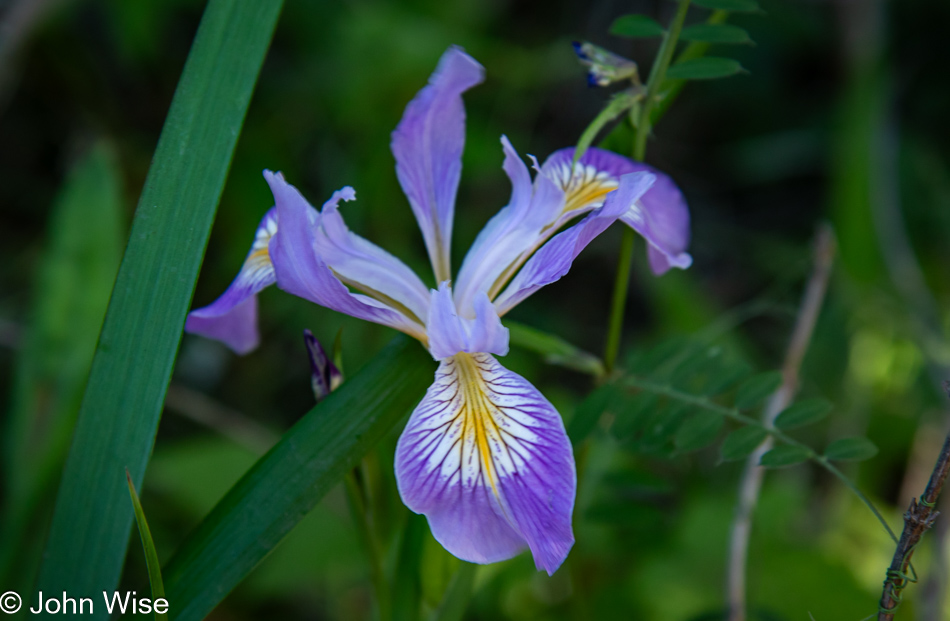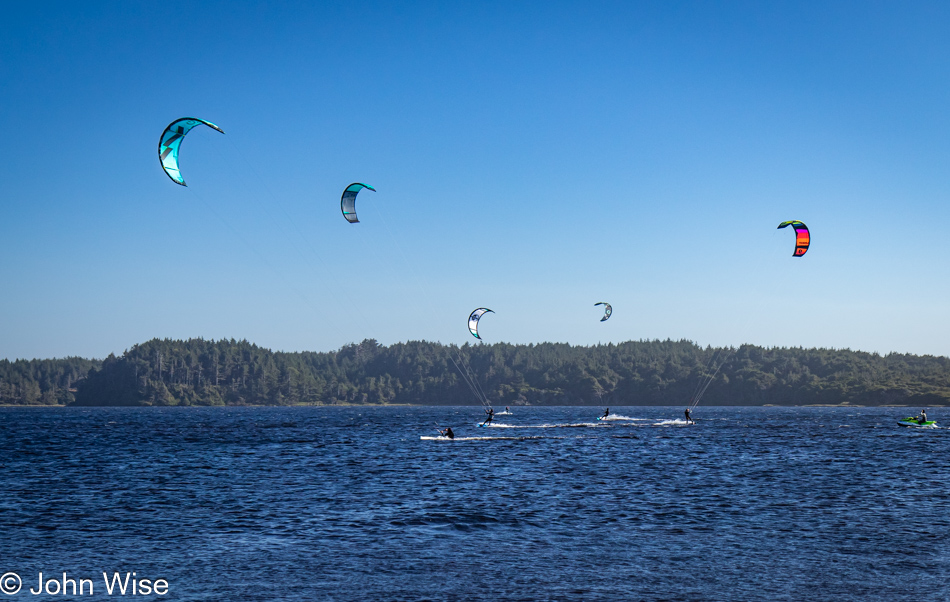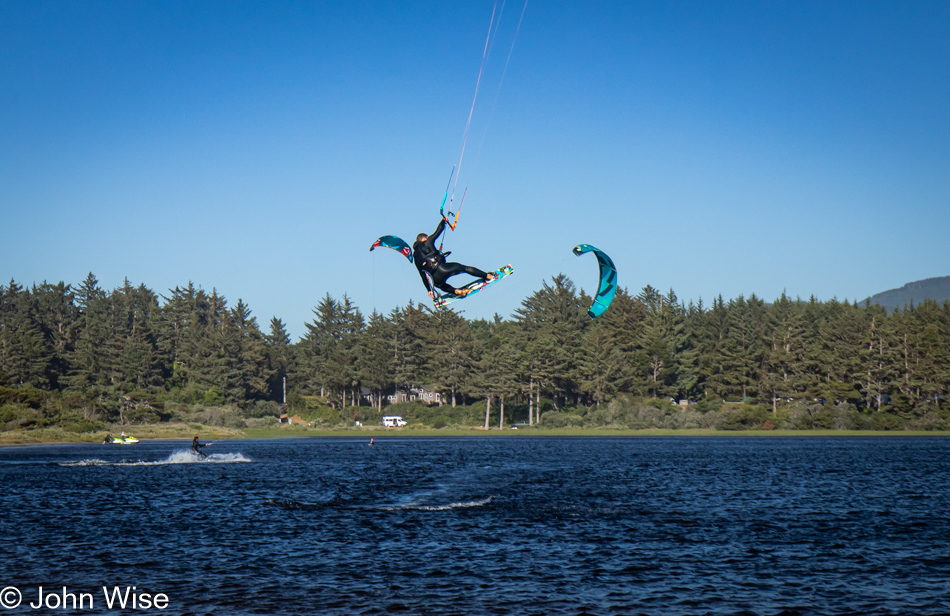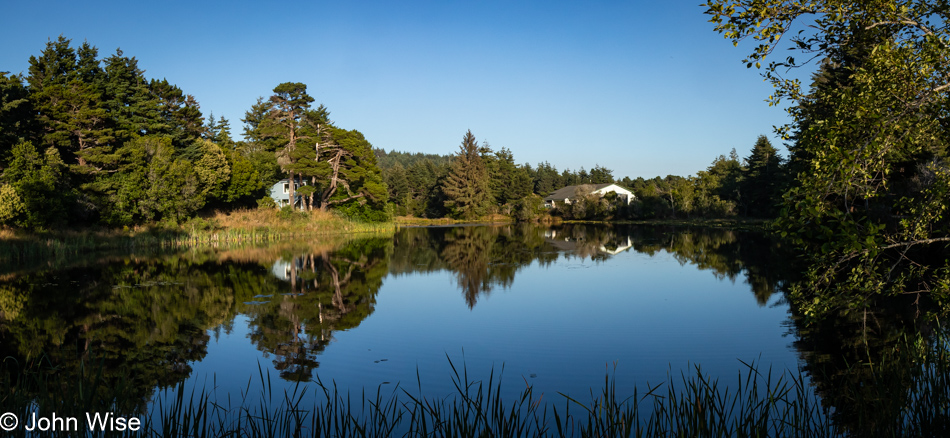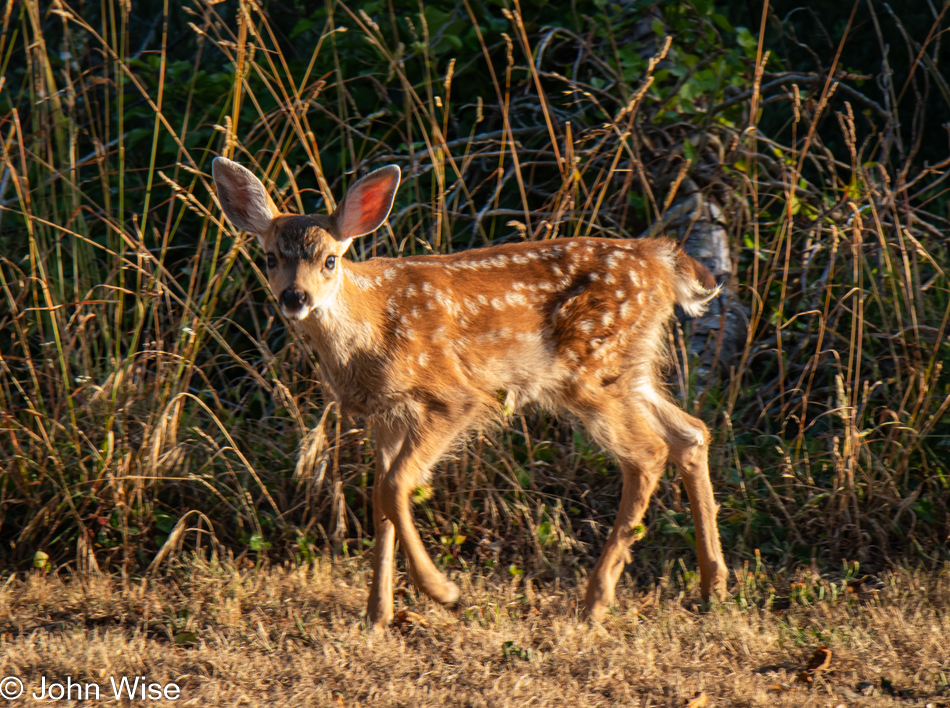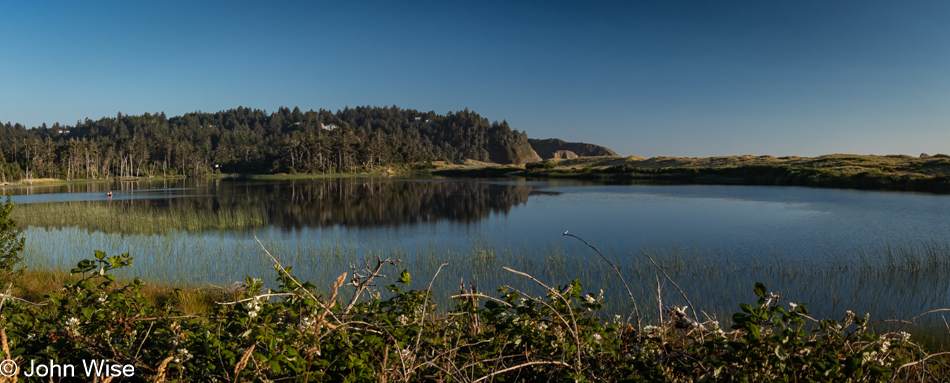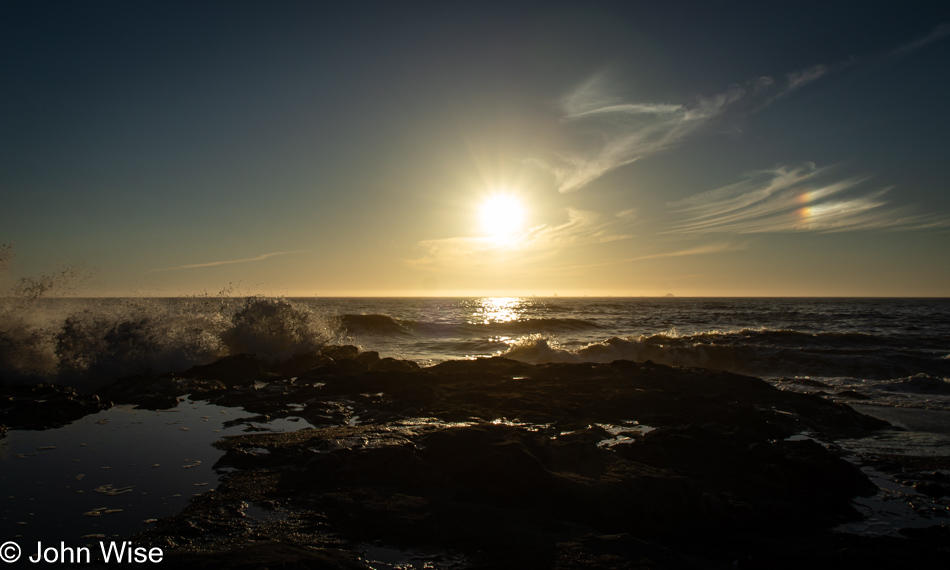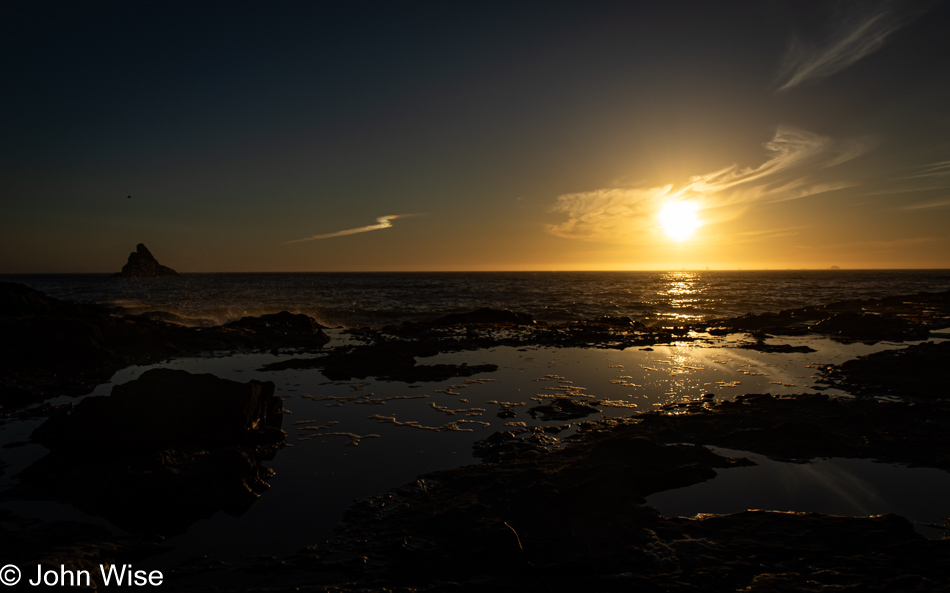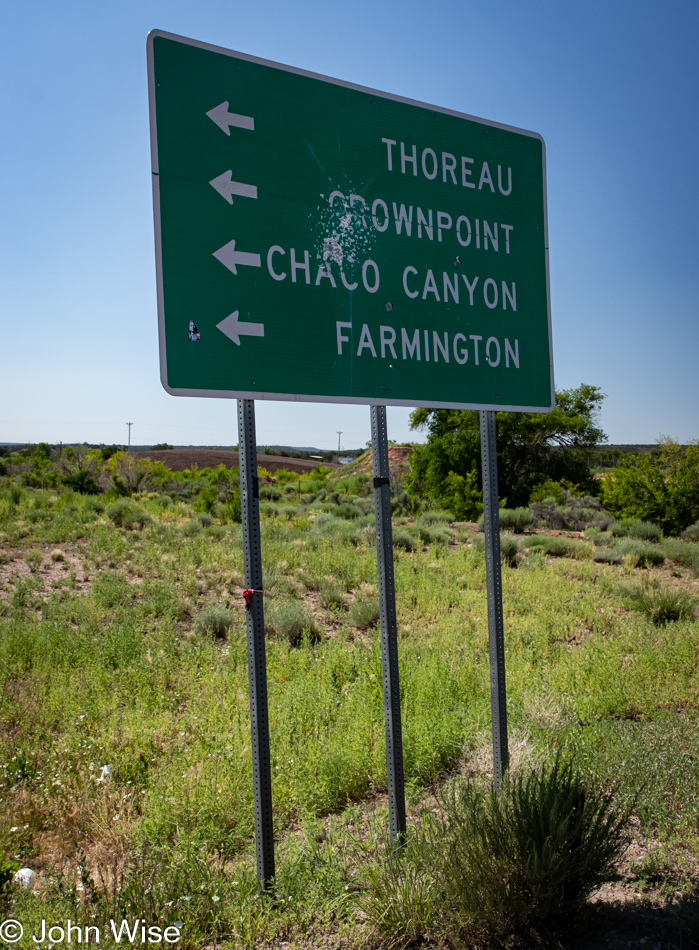
We had a sound plan for the day, which started in Holbrook, Arizona: Find breakfast, get on Interstate 40 to Albuquerque, transition to Interstate 25 north, arrive in Santa Fe, New Mexico, around noon. Breakfast was the first thing that took a left turn. Switching things up, we drove to the 66 Restaurant and walked in to find an empty, somewhat stenchous, liminal space that was creeping out both of us. Without anyone up front, there was no shame or awkwardness in turning around and walking out. Just across the street is the Camaleon Cafe, a Mexican-influenced joint we’ve eaten at before. Pulling up, we saw two cars with people waiting for the place to open at 7:00. As the “open” sign was turned on, we paused, waiting for the others who arrived before us to make their way towards the door. The guy we parked next to stepped out of his 30 or 40-year-old pickup wearing blue jeans that were held together over the knee with bright yellow gaffer tape. His belt was adorned with about 25 rounds of .45 caliber bullets for the Colt 45 revolver on his hip. The man’s accent was thick with a drawl, which triggered Caroline to lean in towards me once we’d sat down to suggest that this must have been the man Pixar modeled the character Mater after in their film Cars.
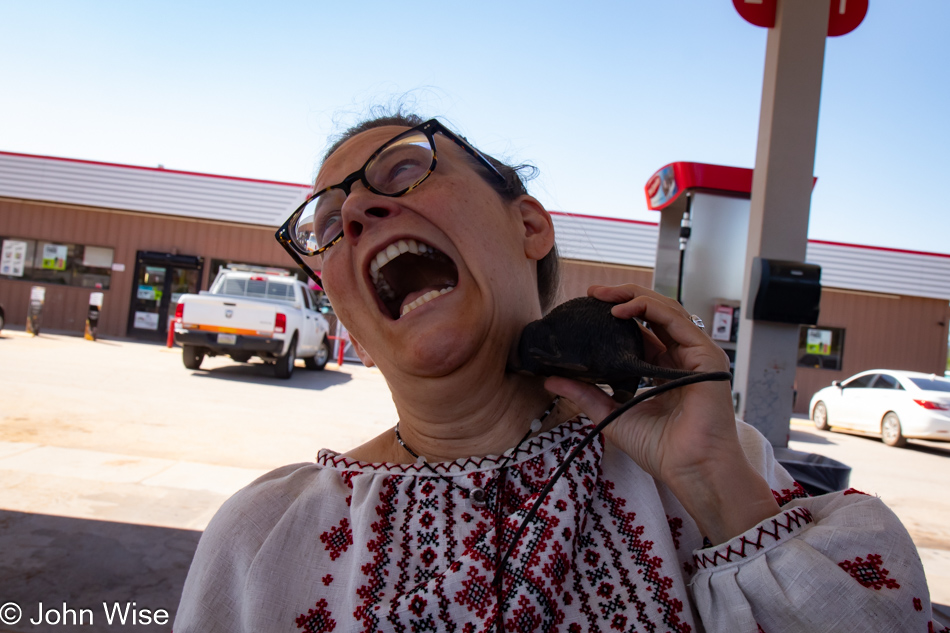
After breakfast, we weren’t on the freeway long before I started bristling at being on one of America’s Most Ugly Highway Ever. With two options, one that detoured way up north to Shiprock and Farmington, New Mexico, and the other that would swing us through Crownpoint, New Mexico, we opted for the latter choice as it promised to add only one hour to our journey, and we could still reach Santa Fe early enough to visit what some call the oldest church in the United States. So, just past the Continental Divide, at the Thoreau exit, following the sign with the shotgun blast and four bullet holes, we began our detour. Gas is cheap in New Mexico, but it comes with a price. While pumping gas, Caroline was attacked by a rat that burrowed into her neck and turned her into a zombie. Right, like Caroline knows how to pump gas, she can’t even drive a vacuum or adequately operate a broom. Anyway, you can see from her weak grip on the rat that she wasn’t going to dislodge this rodent who was neck deep in her neck, so I had to stop taking photos, grab the rat, resulting in the breaking off its head, and like a tick’s disembodied head holding fast to a body part, it had to be removed. Obviously, I had to apply suction, except Caroline shrieked at me, “No HICKEY,” leaving me no choice but to splash her with gasoline, ignite it, and cauterize the wound while inadvertently sealing the rat head into her neck. We’ve decided not to seek medical attention at this time, hoping we can pop it out later like an overloaded zit ripe for plucking.
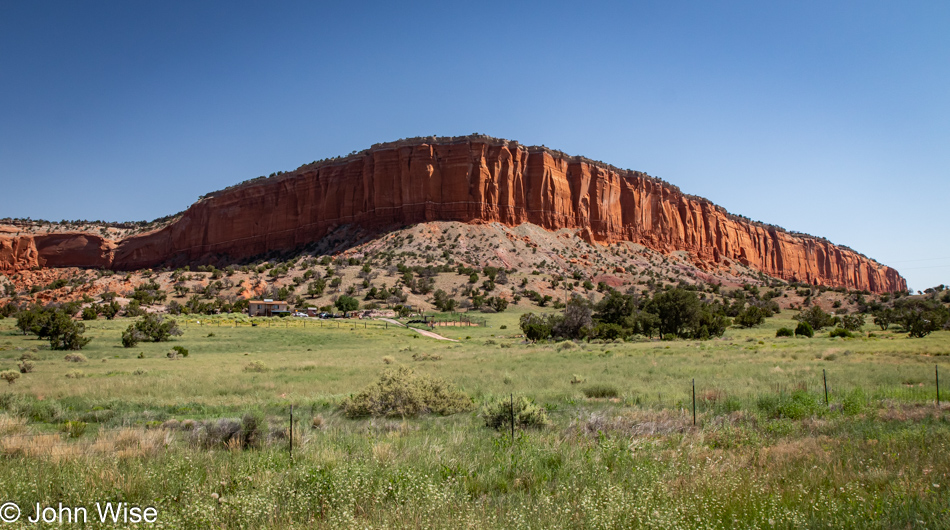
I’m sure that had the weather not been so idyllic, we might have still arrived in Santa Fe before 1:00, but then we would have also needed to take into account that we had entered the Mountain Daylight Savings timezone and had lost an hour leaving Arizona. I’ll just cut to the chase: this one-hour addition to our drive time ended up eating an extra six hours of distraction. There, it’s in the open: we are idiots, and that bottle of Smart Water I inadvertently bought instead of the Dasani I thought I’d grabbed did nothing to contribute to our intelligence. However, I’d argue that getting off a major interstate is seriously smart because when do you see these kinds of sights from a freeway?
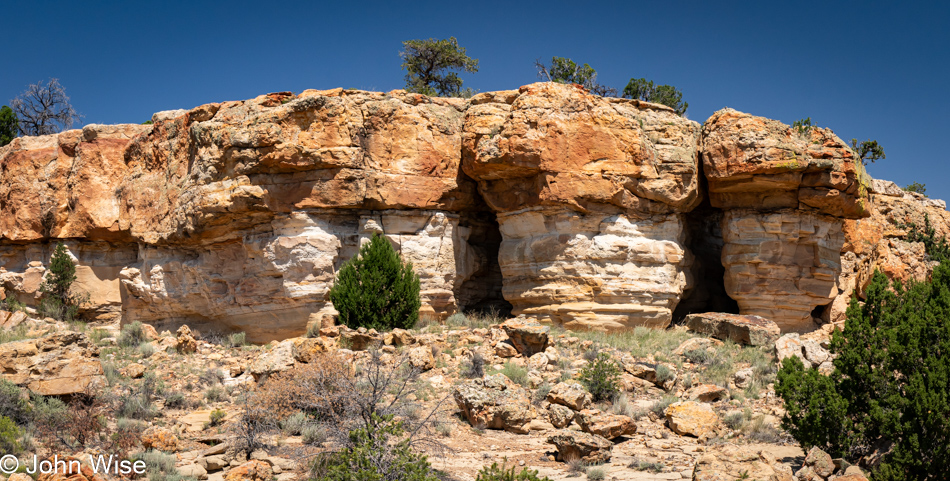
As I drive along, I’m listening to Caroline’s instructions, who, when she has signal, is busy studying maps and zooming in, trying to determine the viability of routes that may or may not be paved. It wasn’t only the contrast in colors that drew my attention to these cliff faces. I was on the lookout for petroglyphs but didn’t see one.
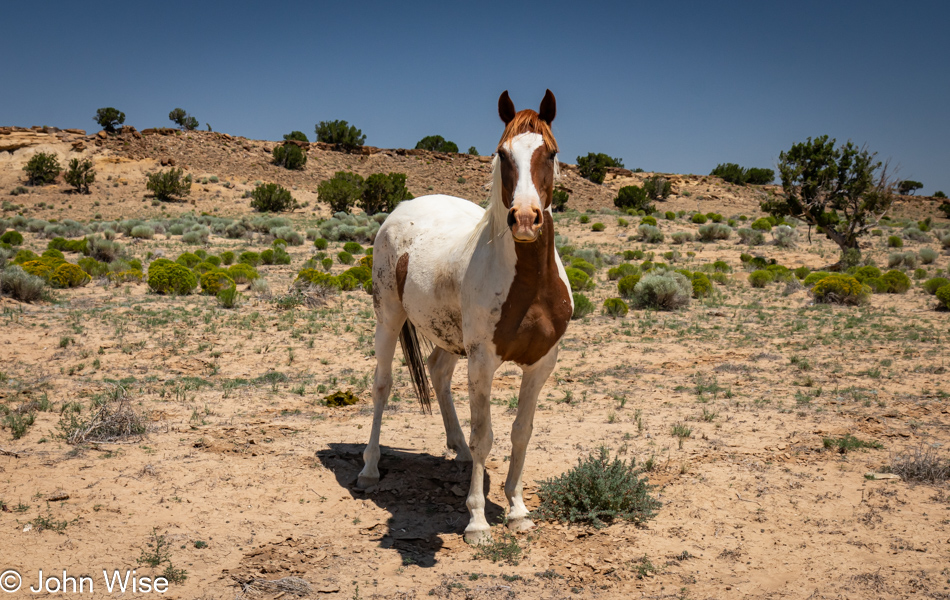
Hello, pinto stallion, hanging out in the desert near White Horse. We were surprised that he approached Caroline, gave her a sniff, and decided he wasn’t interested. Most times, these horses move away from us the moment we step out of our car.
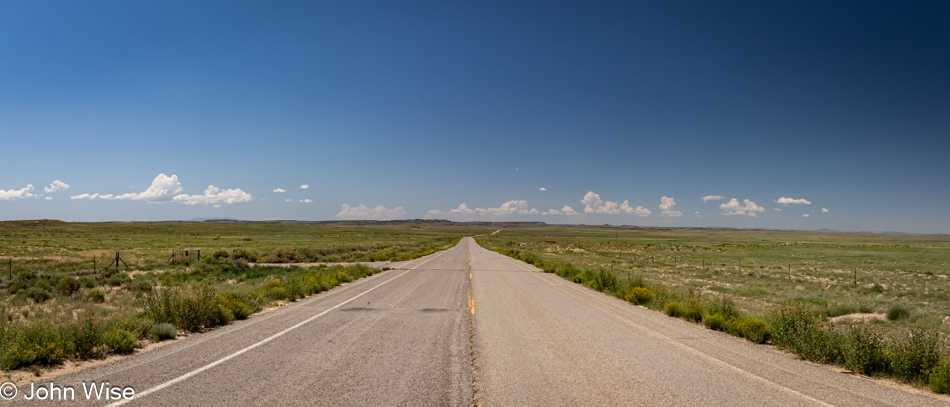
We’re on Indian Service Route 9, approaching Pueblo Pintado, somewhere out there.
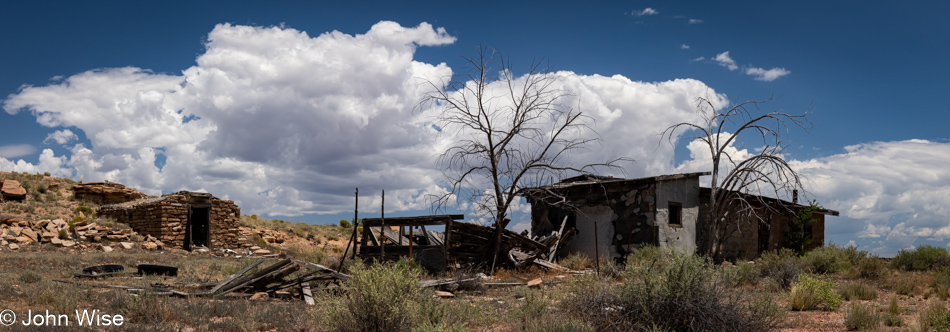
While economic opportunities are rather grim on the majority of western Indian reservations, there is no denying that, even in ruin, these places are profoundly beautiful. But visual aesthetics on gorgeous days do not feed families, pay to maintain homes, repair cars, or bring the inhabitants into contact with healthcare or advanced education. I know that I tend to over-romanticize what could be made of these lands, but the reality is that tourists, and even the majority of travelers, want convenience, luxury, and iconic locations that serve egos and not unique experiences. There’s a reason why financially successful Native Americans who are on the Rez are most frequently connected to a casino and not a location where we can stay a few nights in an indigenous dwelling, wake up to learn how to make the local bread and explore the flora and fauna of significance in the community.
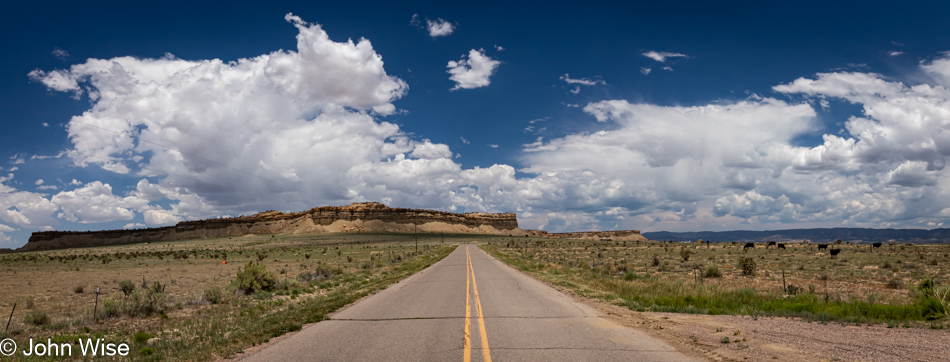
Just look at all this intense landscape and dramatic clouds. Not another vehicle for as far as the eye can see, and never a semi truck drifting in and out of the lane. It’s just the occasional bird, animal, or tumbleweed too close to the road.
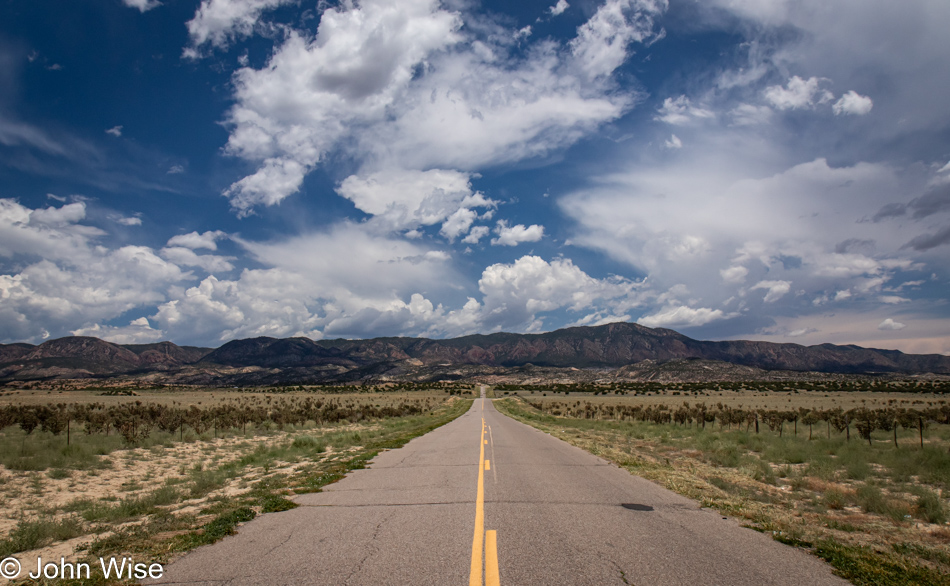
Out of sight in the distance at the foot of those mountains is New Mexico Route 550, two lanes in each direction. While it’s not a freeway, it’s too damn big, and as quickly as possible, we’ll be aiming for another of these smaller roads.
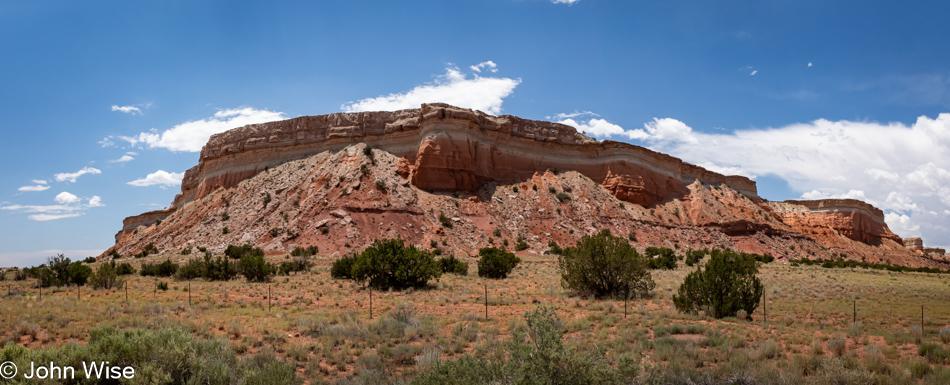
Okay, so NM Route 550’s views aren’t all bad. Regardless, a few minutes later we turned east on Route 4.
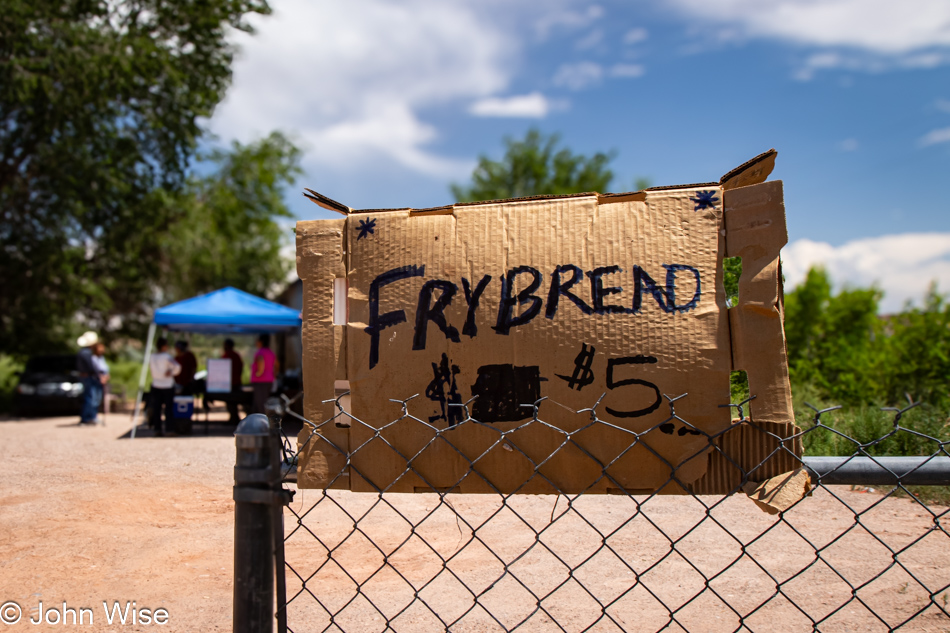
Here in San Ysidro, sandwiched between the Zia and Jemez Pueblos, we found a couple selling red posole, green chili stew, and frybread, so we bought one of each, pulled up a couple of chairs and enjoyed a most awesome lunch.
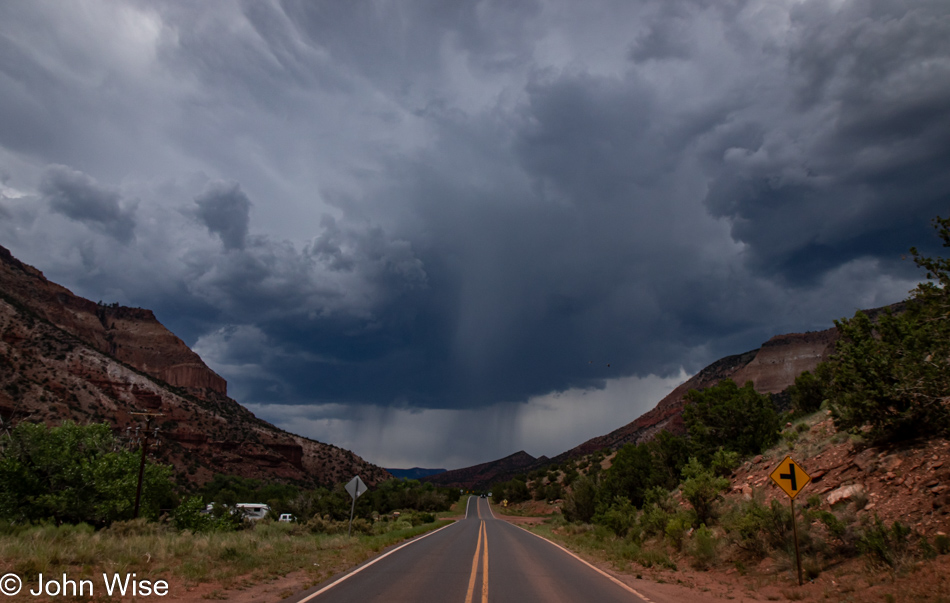
As the weather is apt to do during monsoon season in the southwest, a blustery storm can just show up out of nowhere. A bit farther up NM Route 4, we drove right into that storm, and ten minutes later, were already on the other side of it.
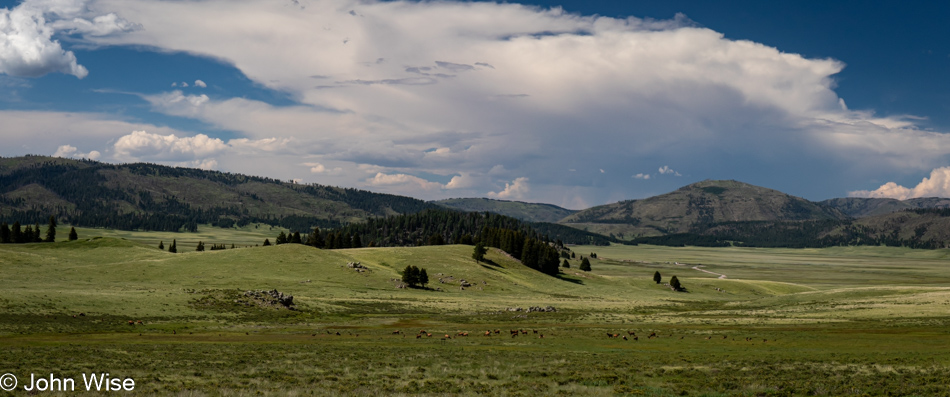
While we didn’t realize it initially, we’d driven this road before. It dawned on us when we saw the ruins of the Jemez National Historic Landmark. We drove by under the foul weather but decided to keep going. What we really couldn’t remember was this vast open area that turned out to be the Valles Caldera National Preserve. It only became a part of the national park system back in 2015, well after we last passed through in 2003. Back then, this was a ranch. It may be difficult to see, but there are about 30 elk in the foreground. That was until a motorcyclist with a stupidly loud engine scared them, and they bolted for the forest.
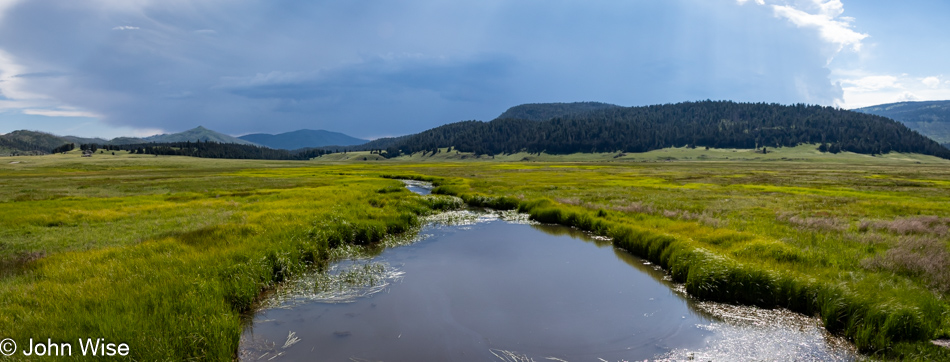
We turned into the preserve, believing we’d only be here momentarily to see what was what.
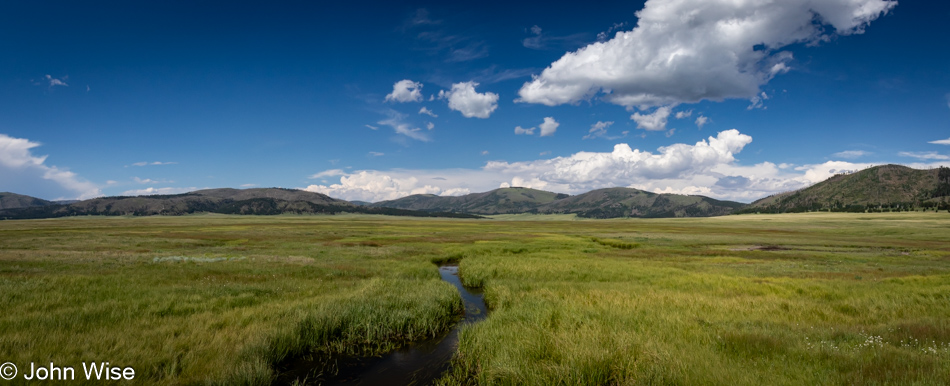
Well, it sure is pretty out here.
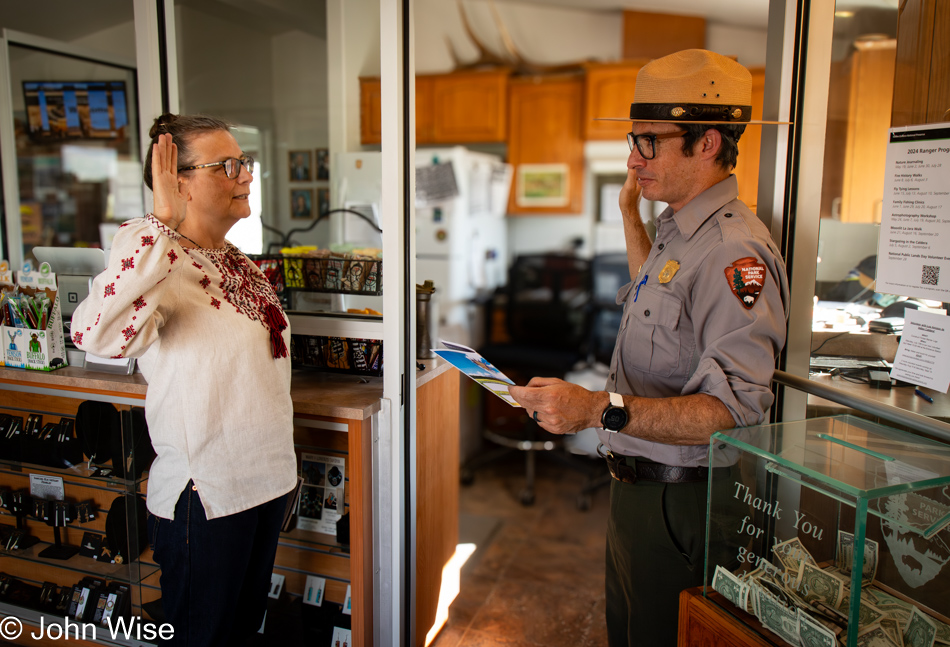
Had a great conversation with the ranger, bought the illustrated version of The Hidden Life of Trees by Peter Wohlleben, and learned that they have a Junior Ranger program here, which Caroline is being sworn in for. There’s far more to see and visit here at Valles Caldera, but learning about it all firsthand will have to wait for a future visit.

Look, we found these apricots just hanging around on a local tree, and instead of letting them fall to the ground and go to waste, we collected a bunch after sampling them, finding them worthy, and hoping we weren’t violating any rules.
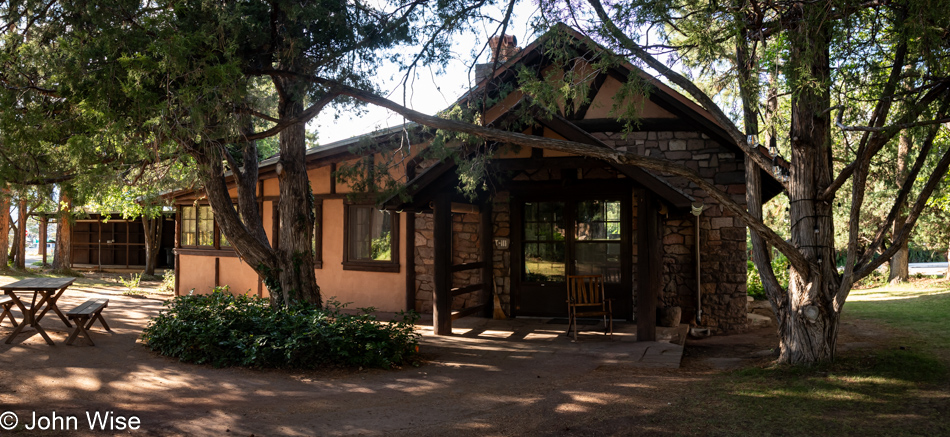
Okay, the truth is more like there’s this apricot tree on the left of Robert Oppenheimer’s old house in Los Alamos, and seeing neither he nor his family is here to enjoy them anymore, we took it upon ourselves to taste the sweet fruit found at the Father of the Atomic Bomb’s former abode.
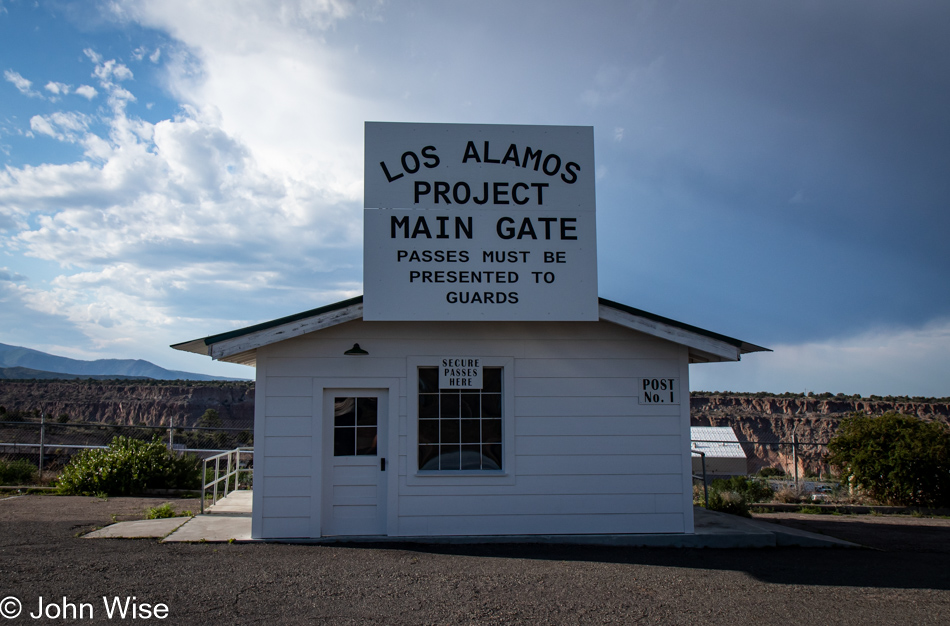
Thought we were going to visit more history here, where the first nuclear bombs were first built, but this was insulting. What you are looking at is a plywood facade in front of a couple of public toilets; maybe the real guard shack is still a national secret and is kept in a secure location, away from prying eyes.
Last minute addition: on our way through town, Caroline’s eagle eye (actually a snail feeler) caught sight of Close-Knit Yarn Cooperative, which somehow was opened well past 6:00, an anomaly for a town of this size. It turned out that there were about seven women in the shop knitting, which was the real reason they were still open. Why were they all masked up like it was the summer of 2020? We weren’t inquisitive enough to ask, nor was Caroline impertinent enough to correct the owner that the knitting pattern designer Stephanie van der Linden is not, in fact, Dutch but certainly German.
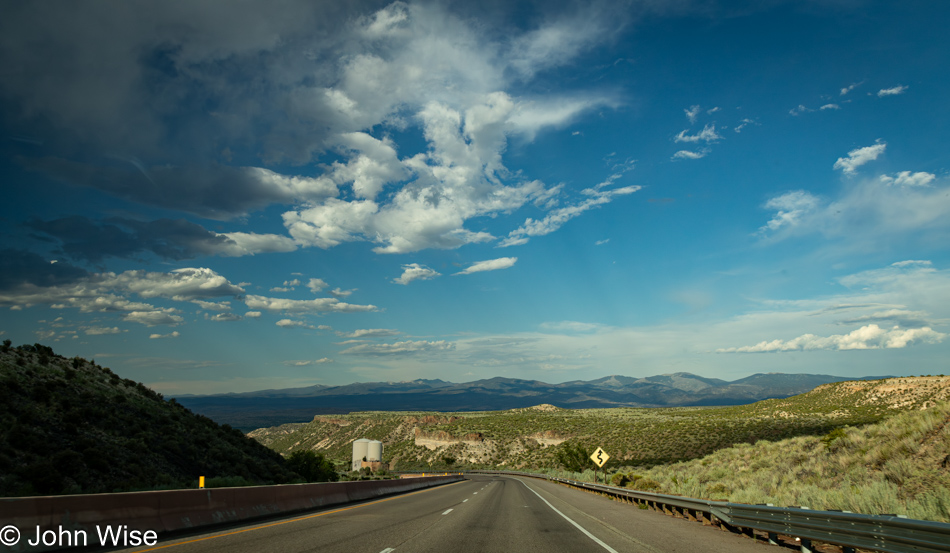
We were still nearly an hour away from Santa Fe, but this was to be our last photograph as we were descending the Pajarito Plateau, home of the Manhattan Project seventy-eight years ago, and were finished being entertained for the day. After checking into our room, we headed to the Pantry (the OG location on Cerillos Road), knowing full well that we would be eating breakfast there in less than 12 hours, but we’d never visited for dinner, and one can never have too much green chili when visiting New Mexico.
